
Bayside Pre-owned Super Center Blog
Automatic Transmission Fluid Maintenance
Your transmission is a complex machine, second only to the engine in complexity. To function effectively, it must be filled with the right type and amount of Automatic Transmission Fluid. This fluid creates the hydraulic pressure necessary to move gears. It also protects against wear and corrosion by providing a thin film between moving parts. When ATF becomes old or contaminated, it loses its protective properties, making your transmission vulnerable to damage. Regularly checking and replacing your ATF according to your manufacturer's schedule ensures that your transmission continues to operate efficiently. Without proper maintenance, you risk increased friction, heat, and eventual transmission failure.
Most vehicles come equipped with a dipstick, similar to the one used for engine oil, making it easy for owners to monitor fluid levels. To check your ATF, ensure your vehicle is on a level surface and your engine is warm. With the engine running, remove the dipstick, wipe it clean, and reinsert it fully. Remove it again to check the fluid level. If levels are low, add the recommended ATF type slowly to avoid overfilling.
There are clear signs that your ATF may need replacement or attention. Discolored fluid, typically brown or black, indicates contamination or oxidation, which reduces effectiveness. A burnt smell is another red flag, suggesting overheating or degradation of the fluid.
Sluggish gear shifts or unusual noises when changing gears can also signal ATF issues. These symptoms suggest that the transmission is struggling to operate smoothly, possibly due to inadequate lubrication. Addressing these signs promptly can save you from costly repairs later on.

Electric Car Shoppers
What's the Difference
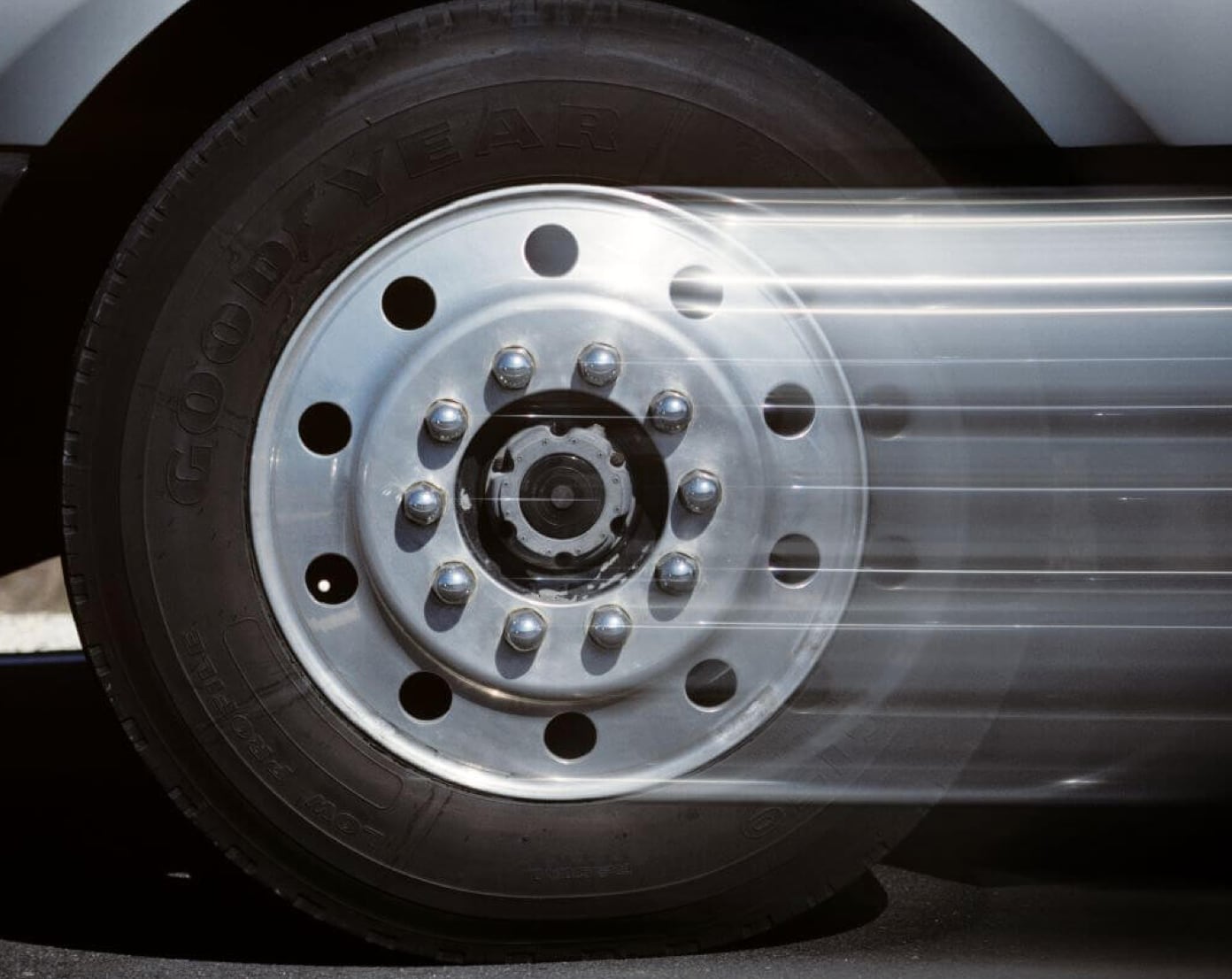

What does B do in an automatic transmission?
Air Recirculation Tips
Most vehicles have a recirculation button with the AC controls, but many of us are unsure when to use it. Here's a simple guide:
1. Summer Use: Use the recirculation button in the summer. It takes the air from inside the car and recirculates it in the cabin, making it cooler faster and reducing the strain on your AC system.
2. Winter Use: Turn off the recirculation button in the winter. This allows fresh air from outside to enter the car, preventing fogging on the windows.
3. Initial Cool Down: If your car has been baking in the sun, roll the windows down and turn off the recirculate for the first minute to expel the hot air inside. Then, turn on the recirculate to cool the car more efficiently.
4. Stuck in Traffic: Use the recirculation feature in traffic (summer or winter) to reduce the amount of pollutants and carbon monoxide entering your vehicle. Studies show that recirculating your AC can cut down pollutants entering your vehicle by 20% when stuck in traffic.
By following these tips, you can optimize your car's AC system, stay cooler in the summer, reduce pollutants and prolong the life of your AC.
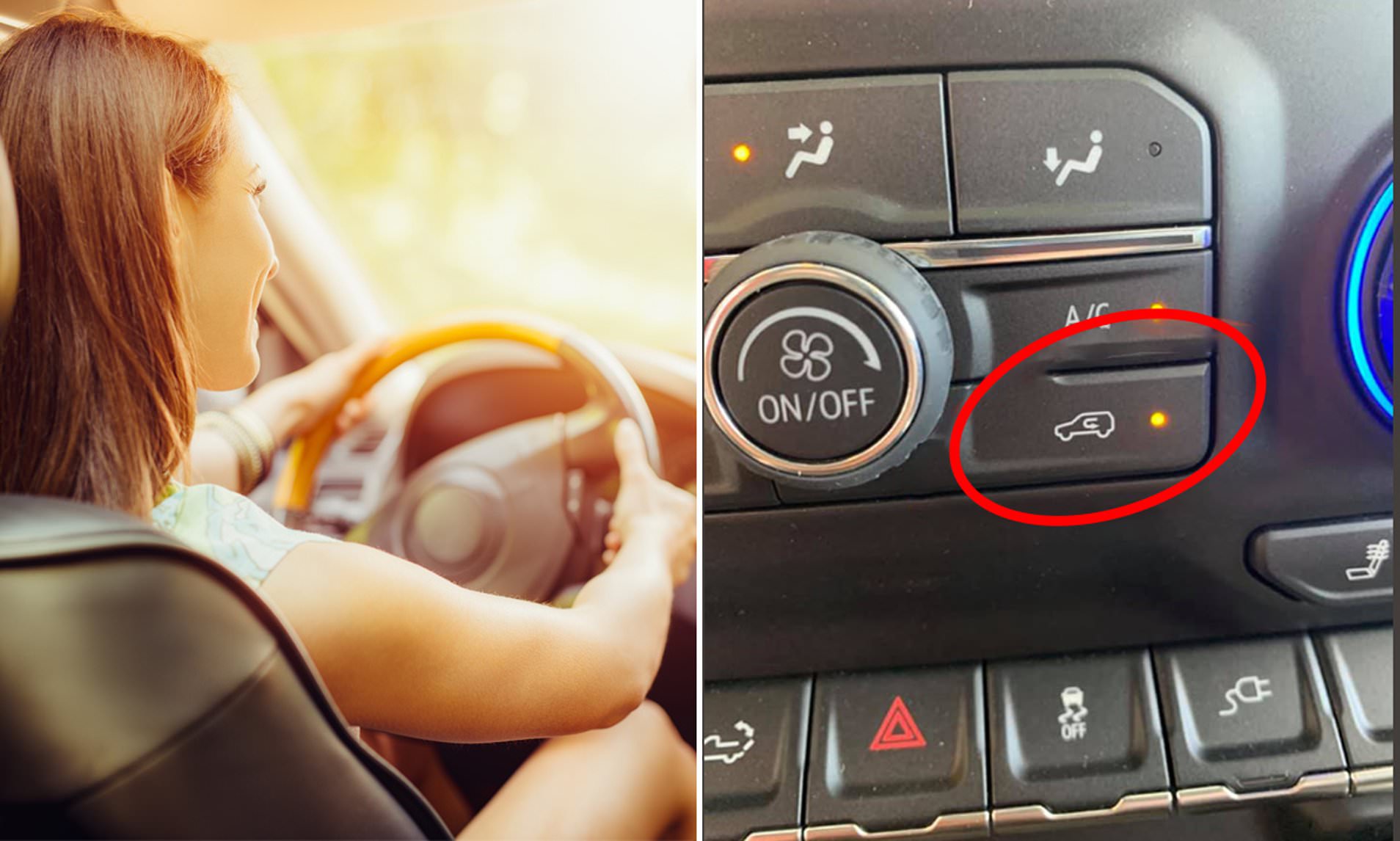

Summer Roadtrip Checklist
- Correct alignment: Signs of misalignment include uneven tire wear, a vibrating steering wheel, or the vehicle pulling to one side. If you notice any of these issues, it's important to have your alignment checked by a professional before heading out on your road trip.
- Tire pressure: Low tire pressure can lead to increased resistance between the tires and the road, causing premature wear. Conversely, overinflated tires can result in decreased traction and handling. Be sure to check your tire pressure regularly and adjust as needed before starting your road trip.
- Brakes: Regular brake maintenance can help prevent accidents and ensure that your vehicle stops when needed. If you notice any unusual noises or vibrations when braking, it's essential to have your brakes inspected by a professional before setting off on your road trip.
- Battery: The lifespan of a typical car battery is around three to five years. It's important to have your battery checked during routine maintenance appointments to ensure it is operating correctly.
- Windshield maintenance: Cracks or chips in your windshield can impair visibility and compromise the structural integrity of your vehicle in the event of an accident. Before hitting the road, be sure to repair any windshield damage and replace worn wiper blades for optimal visibility during inclement weather.
Understanding Anti-Lock Braking System (ABS)
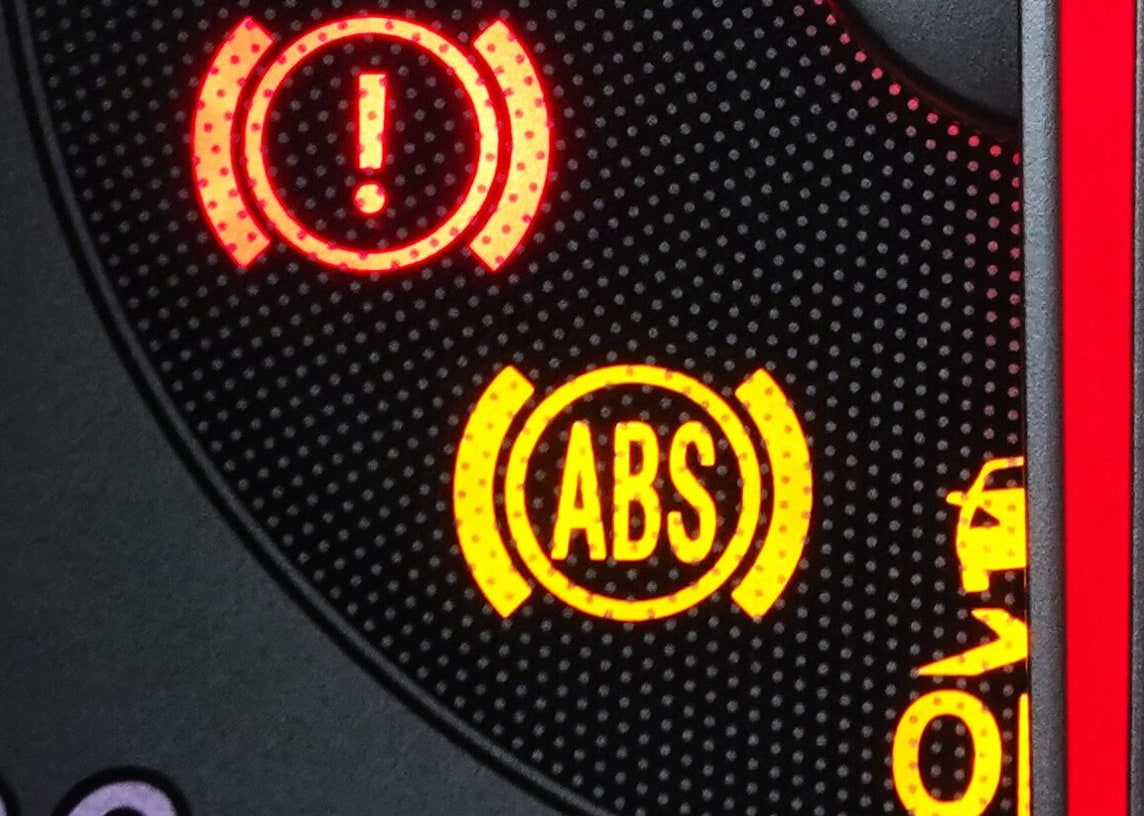
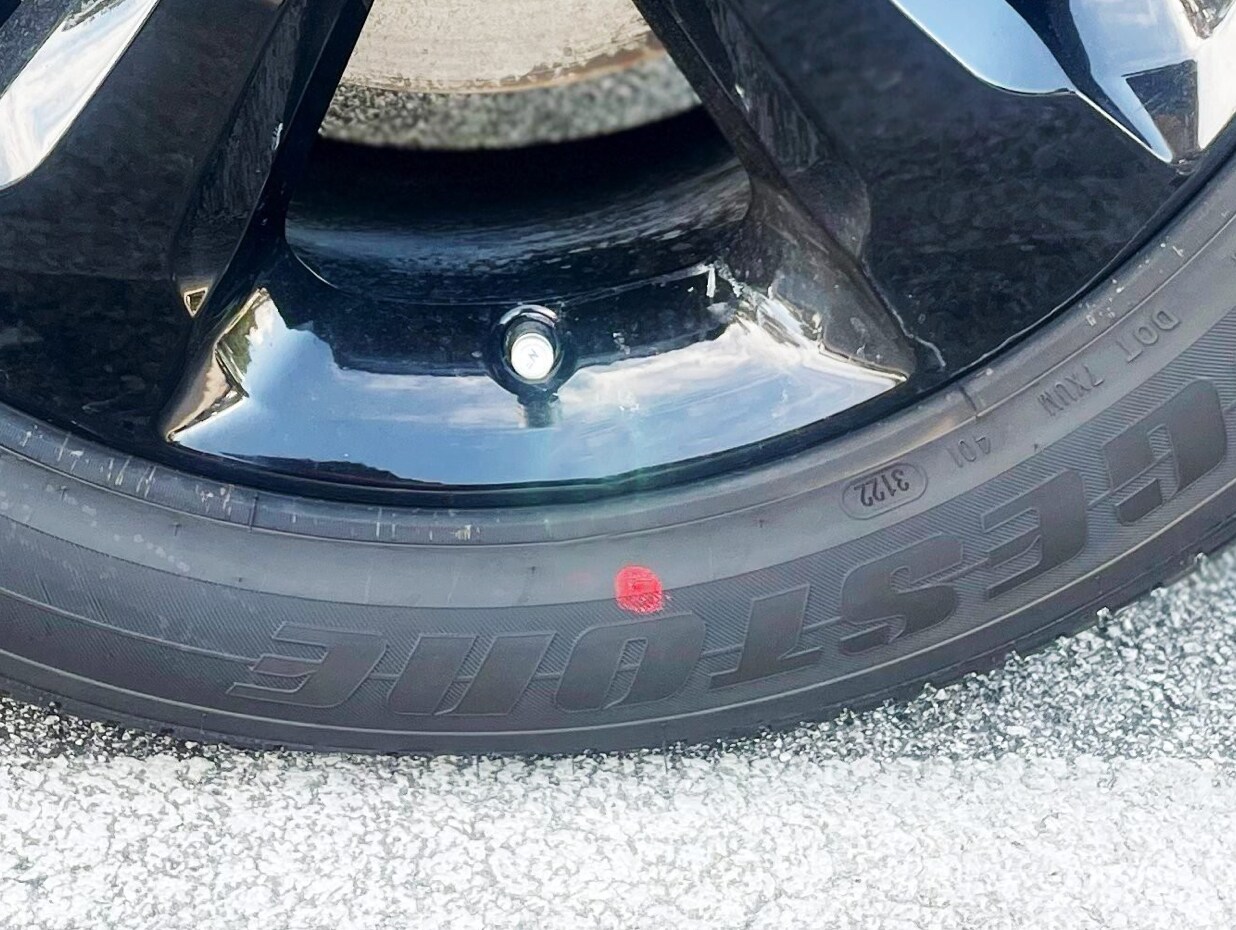
Understanding the Purpose
Life-Saving Technology
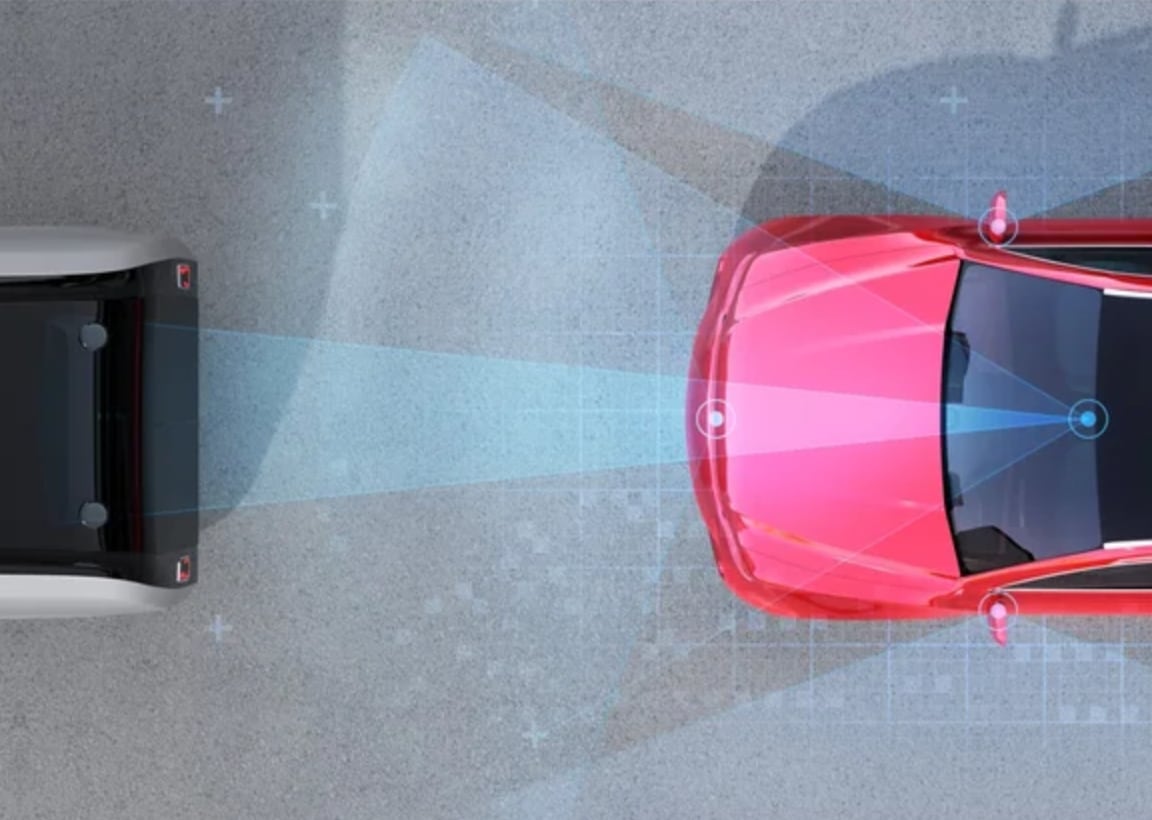

Tire Safety Checklist
The Importance of Fog Lights


Things to Consider
What's the Difference
When it comes to construction, wheels generally come in three primary materials: steel, aluminum, and carbon fiber. Steel wheels, also known as "steelies," are the most affordable option but tend to be the heaviest type. They are durable and reliable but can affect your car's performance due to their weight. On the other hand, aluminum or alloy wheels are lighter than steel wheels and can enhance your vehicle's handling and fuel efficiency. However, they are more susceptible to damage from potholes or curbs compared to steel wheels. Lastly, carbon fiber wheels are the lightest option available on high-end vehicles. They provide excellent performance benefits but come with a hefty price tag and cannot be repaired if damaged. Hubcaps are decorative covers that go over the center of your wheel. They are designed to hide the lug nuts and add a stylish touch to your car's appearance. While they do not have any impact on performance or handling like rims or wheels do, hubcaps can give your vehicle a more polished look. Rims refer to the outer edge of a wheel that holds the tire in place. They come in various sizes, styles, and finishes to suit different preferences. Upgrading your rims can enhance your car's aesthetics and improve its overall performance by allowing for better brake cooling and handling capabilities. Whether you prioritize durability with steel wheels or opt for enhanced performance with aluminum or carbon fiber options, understanding these key elements will help you get the most out of your car's wheel setup.
Article credit: Motor Biscuit

Understanding Your Car's Check Engine Light
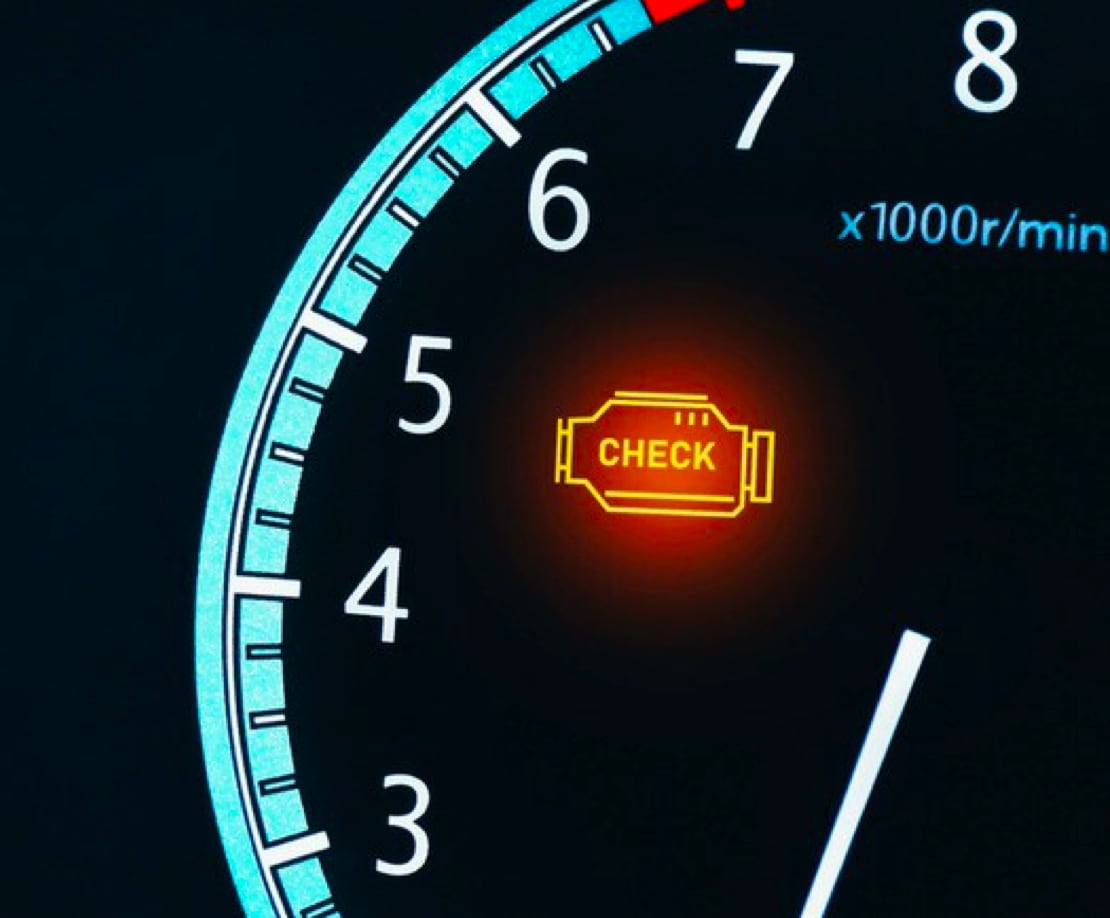

The Advantages of Buying a Used Car
Top SUVs For Family Road Trips
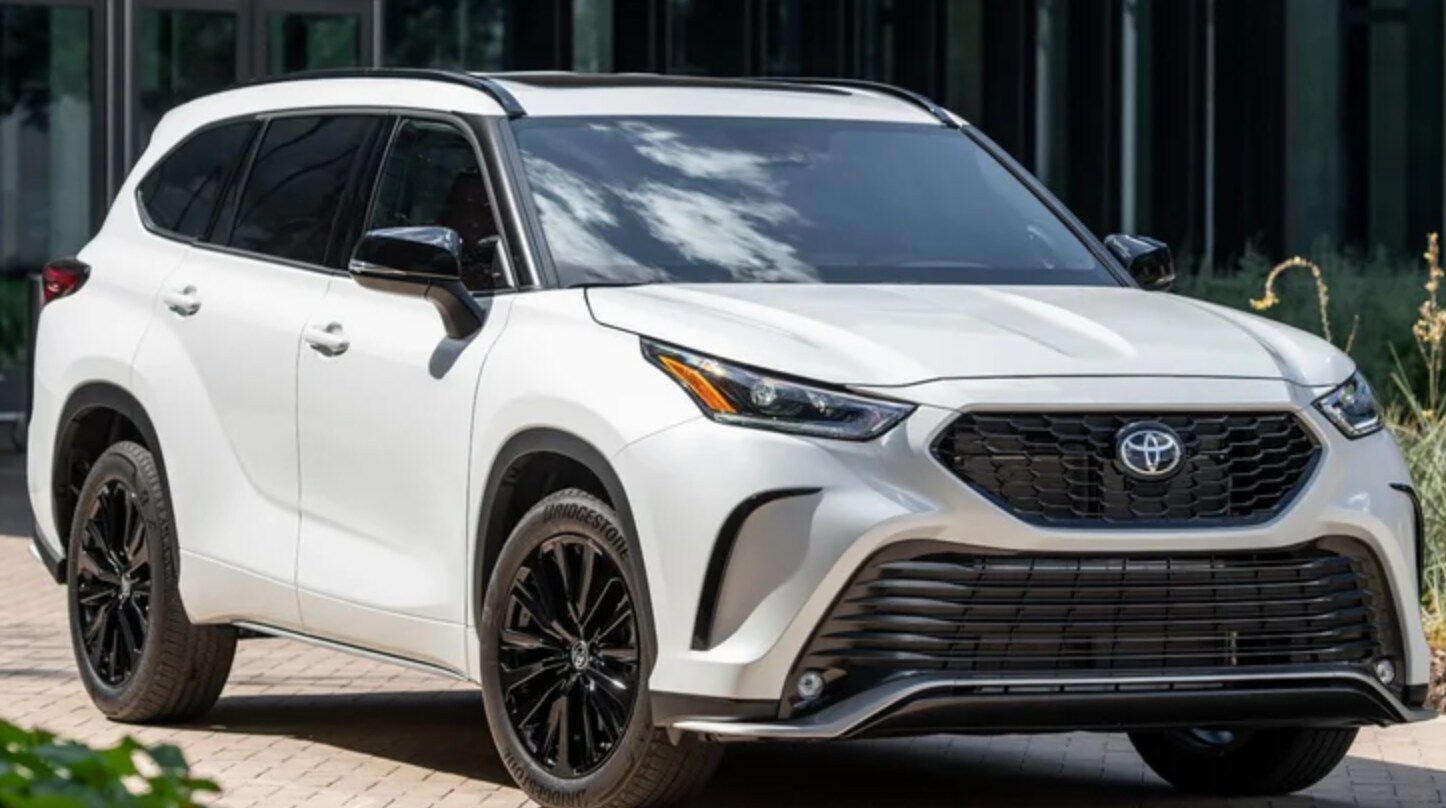
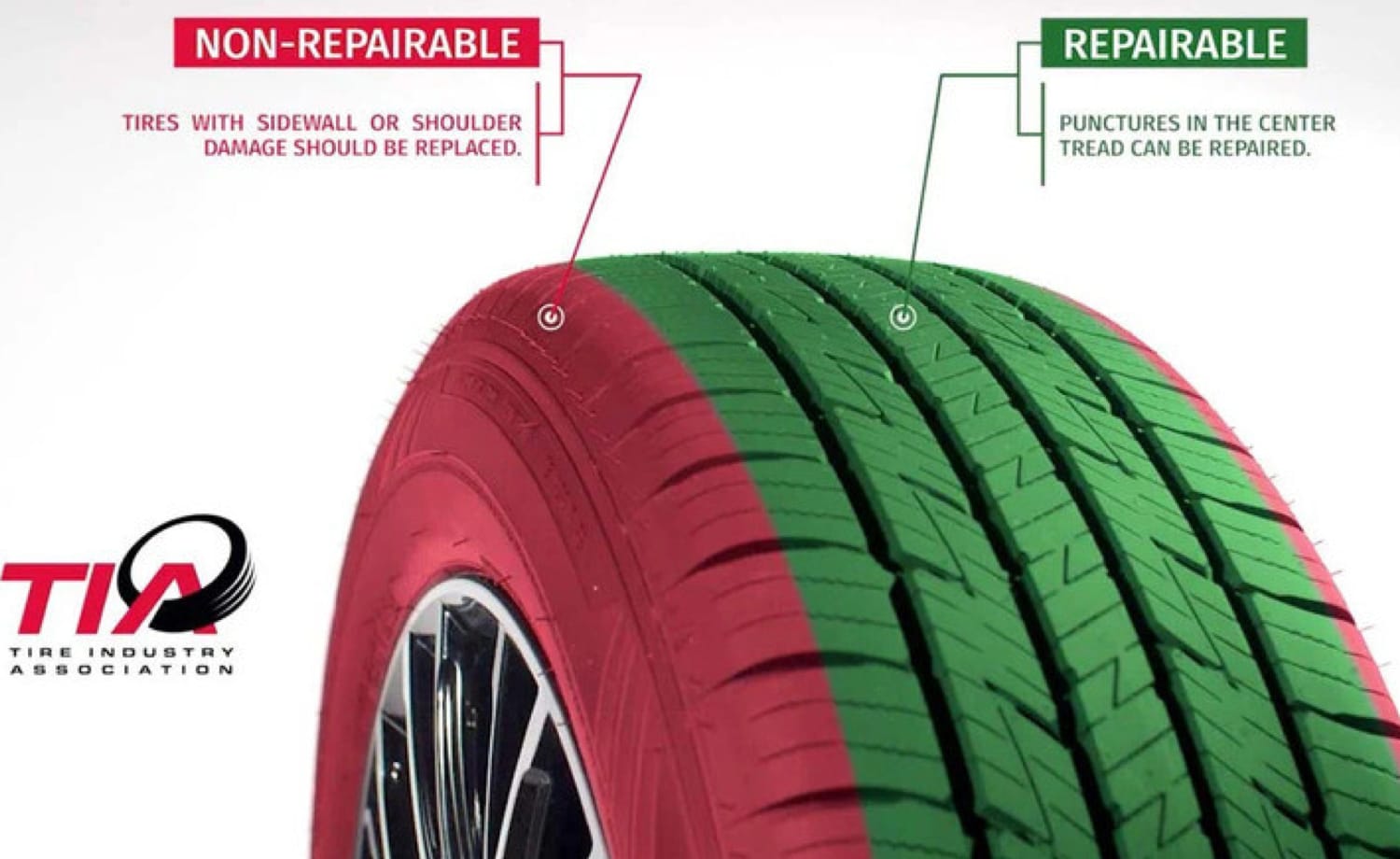
How do you know you've got a puncture that's fixable?
Maintain Your Recovery Gear


Essential Items for Every Car
Windshield Safety for Drivers

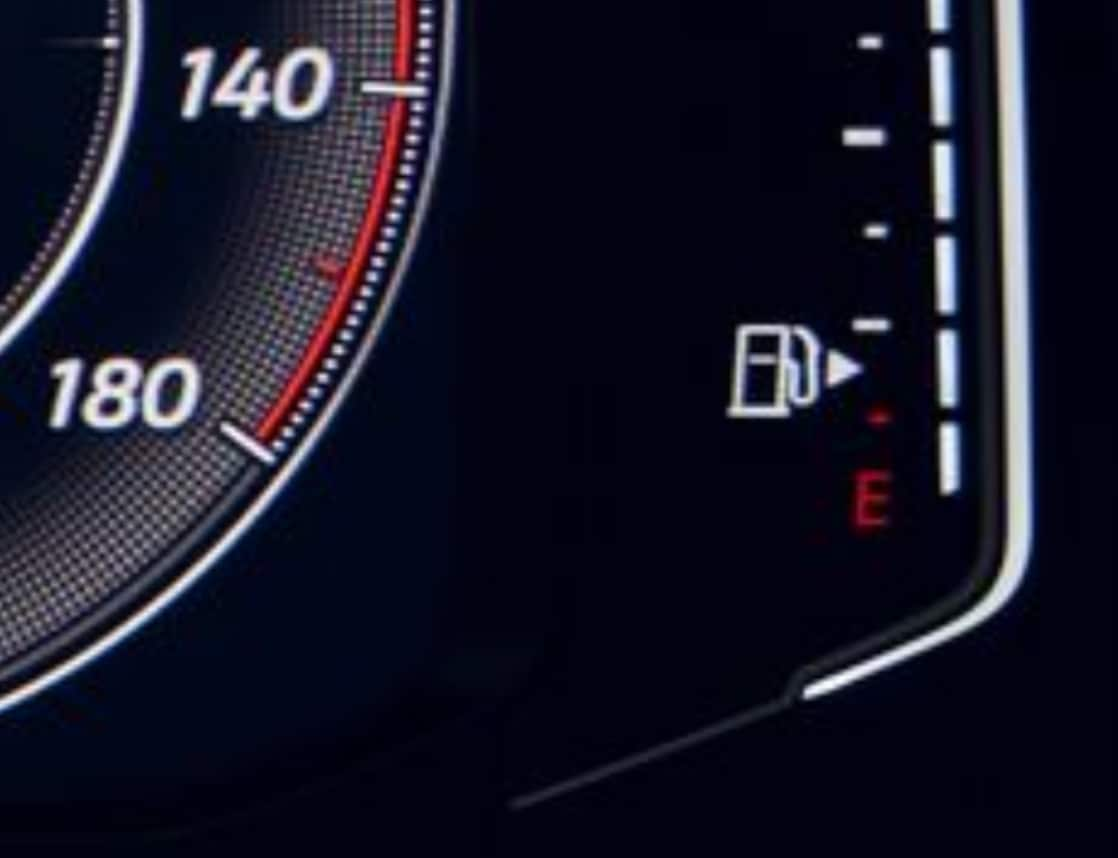
How to Easily Determine Which Side Your Fuel Tank is On
Understanding Your Vehicle's Brake System
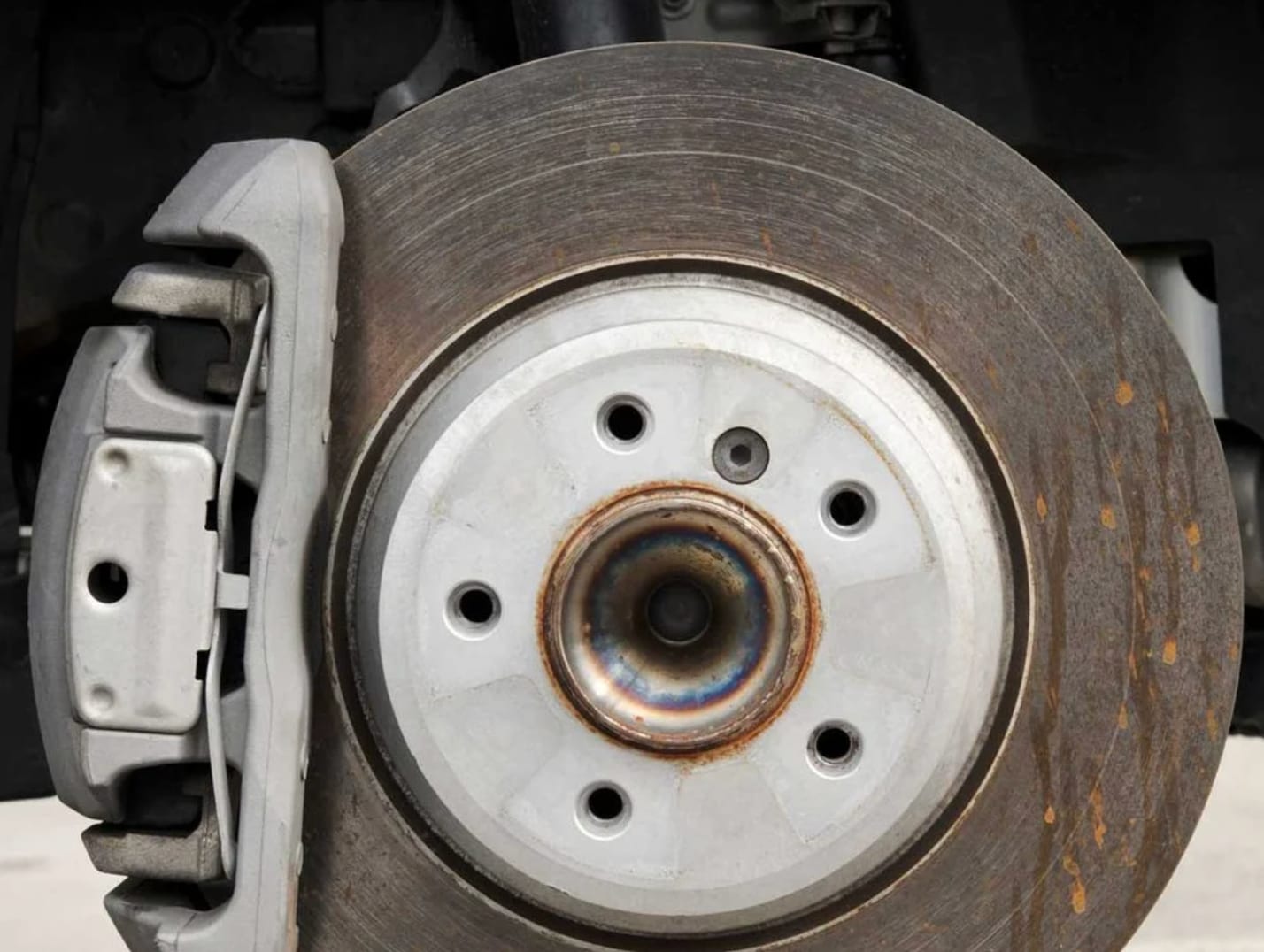

Stress-Free Car-Shopping
When to Use Your High Beam Lights on the Road

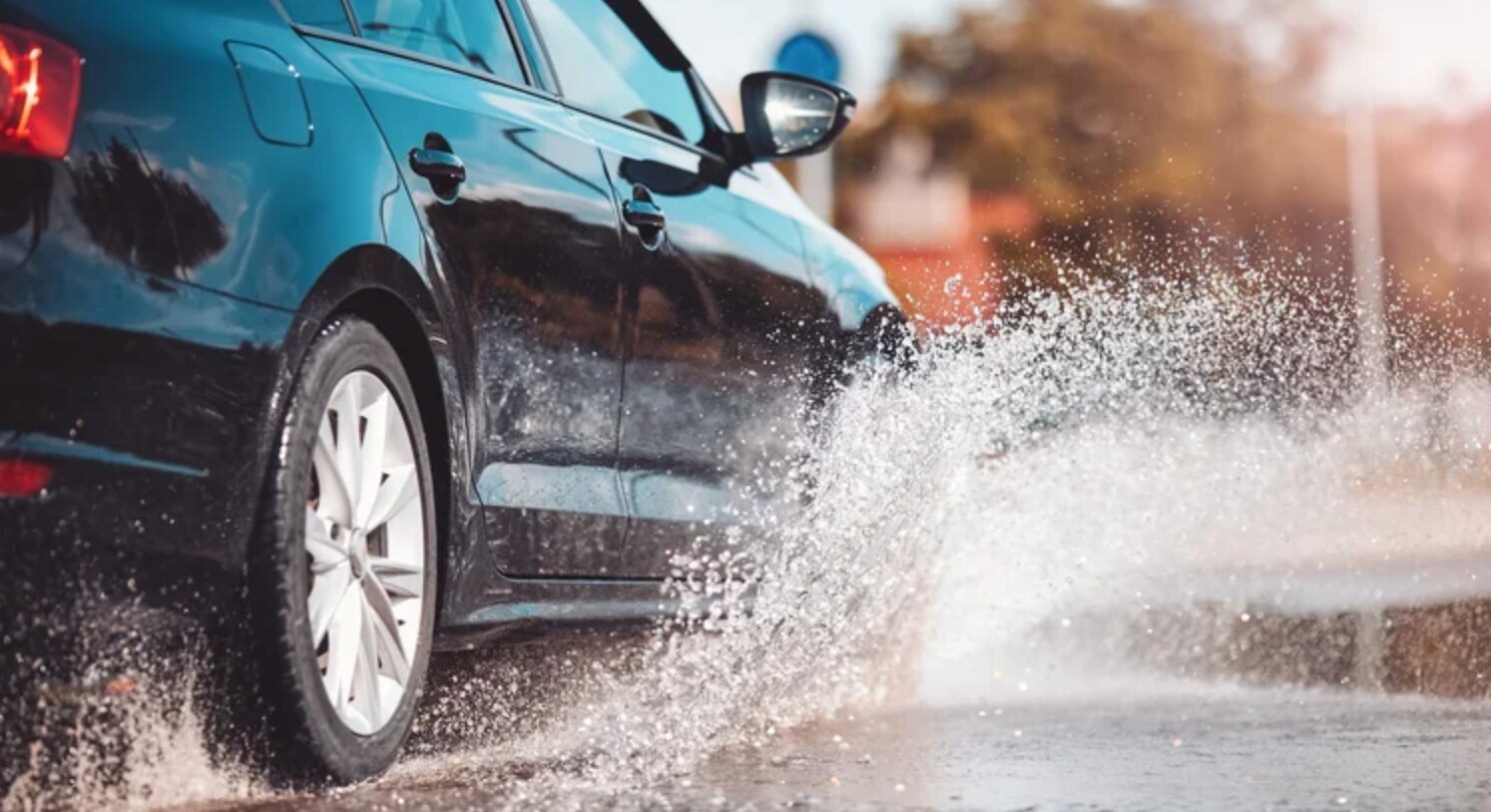
Traction Control vs. Stability Control: What's the Difference?
Understanding the Importance of (ABS)


Stay Road-Ready
How to Keep Your Car Battery from Dying in Subzero Temperatures
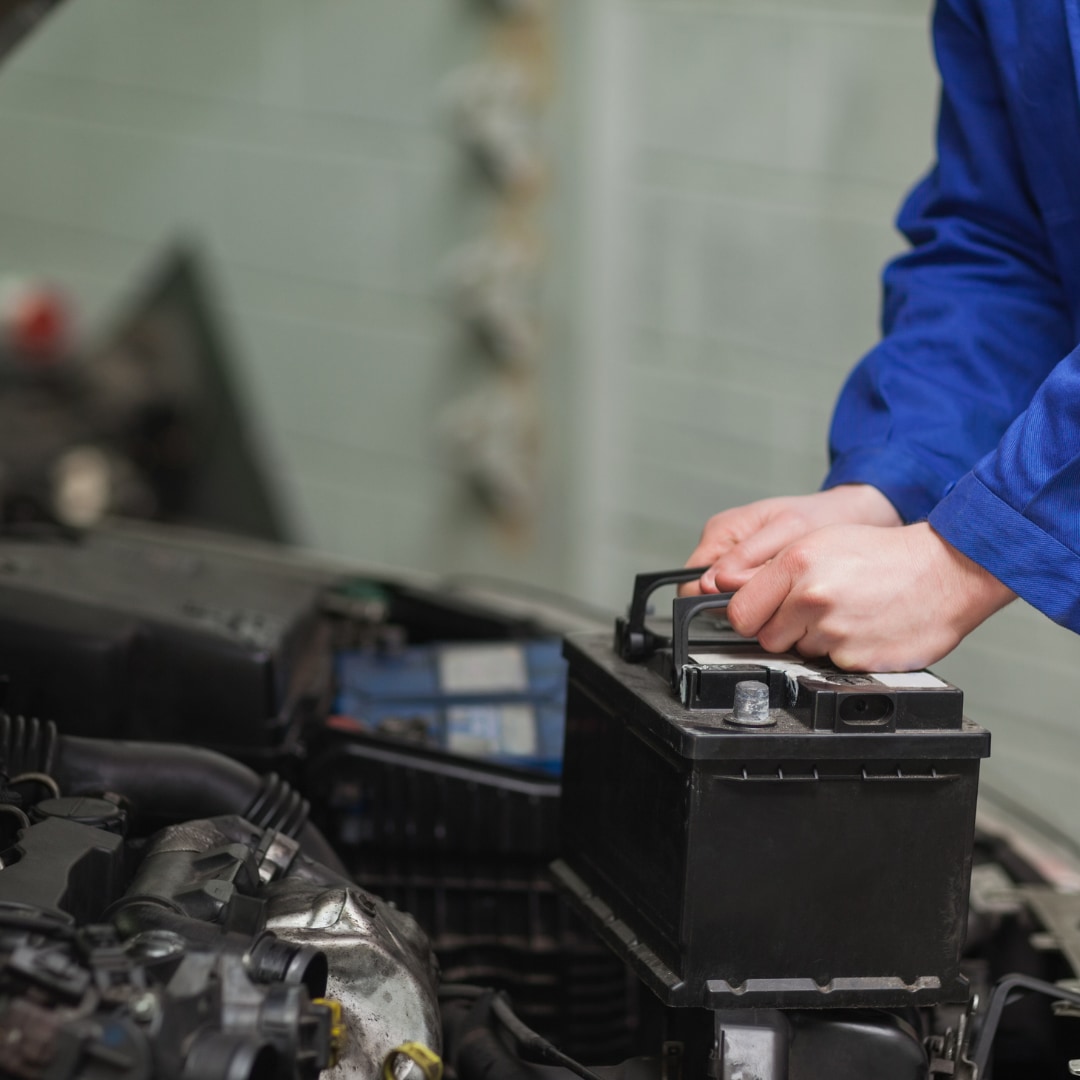
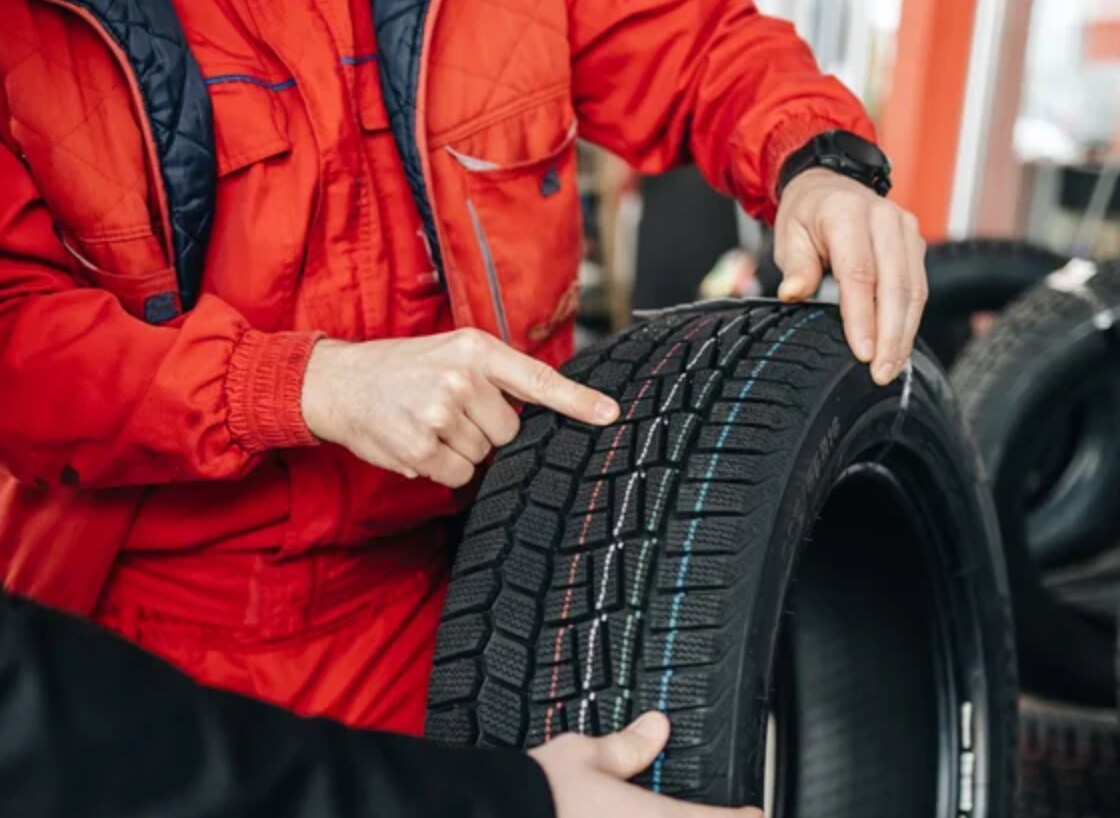
Tire Maintenance for Every Driver
Don’t Let Winter Ruin Your Ride
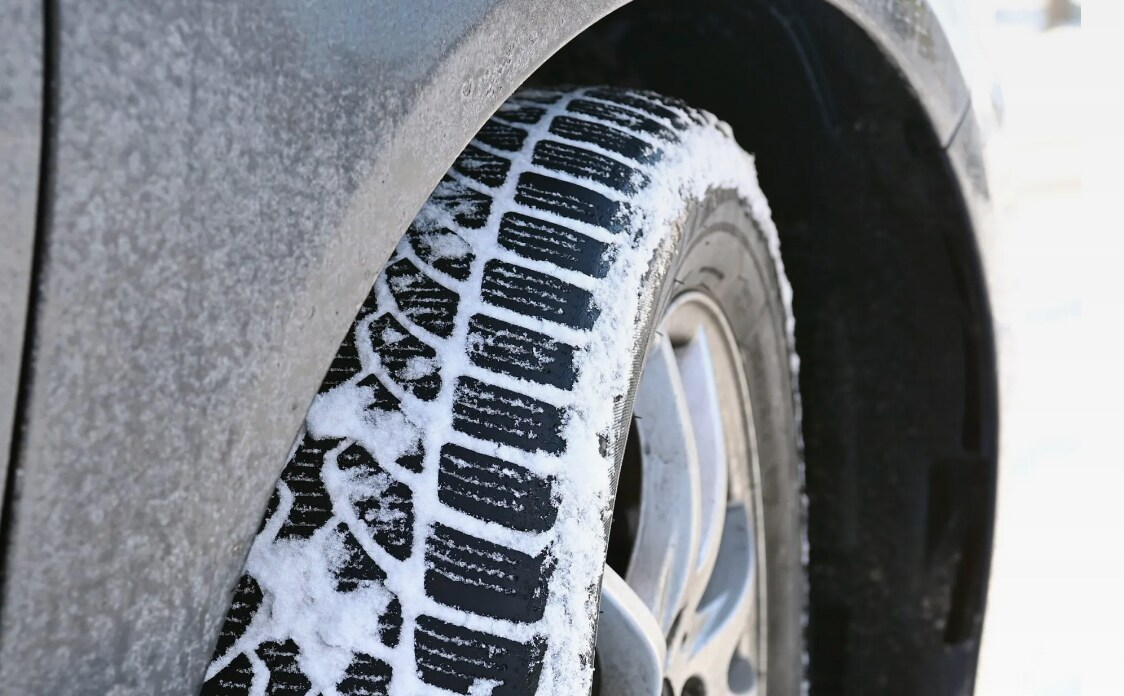
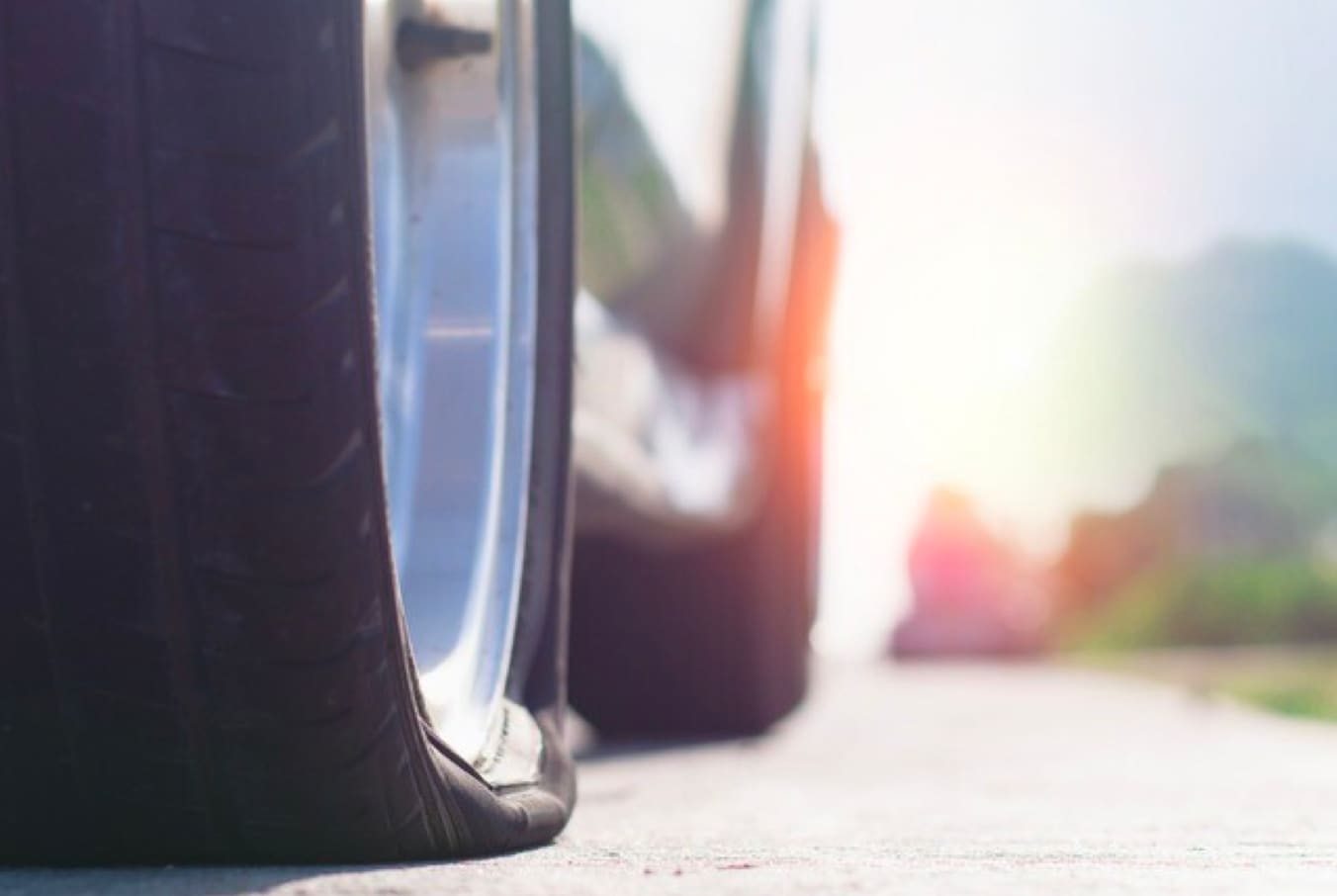
Driving with Bad Tires
Why Prompt Attention is Crucial

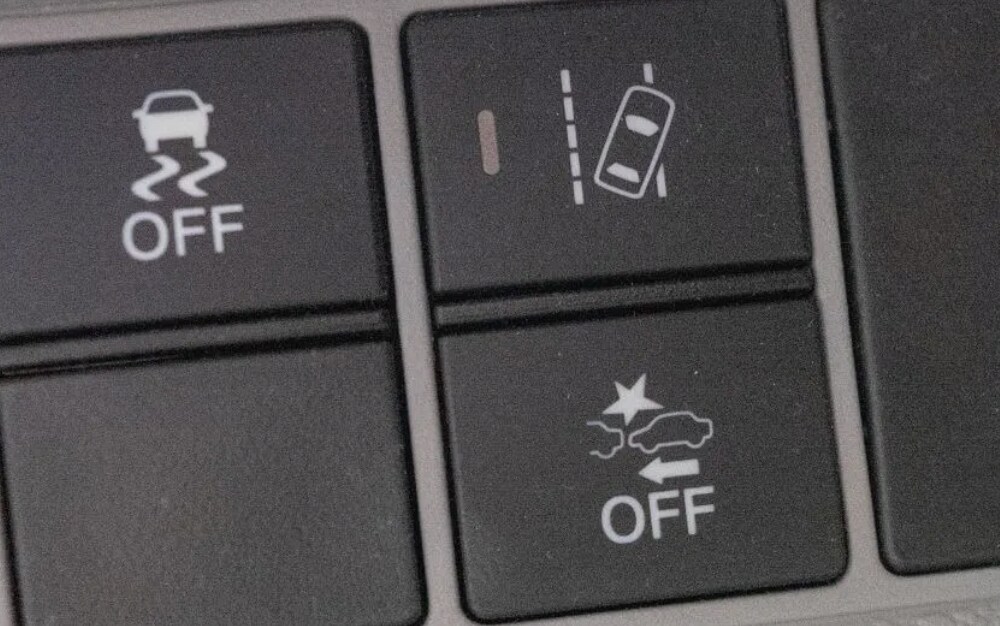
Car Safety Features
The Importance of Driver Assistance Technologies
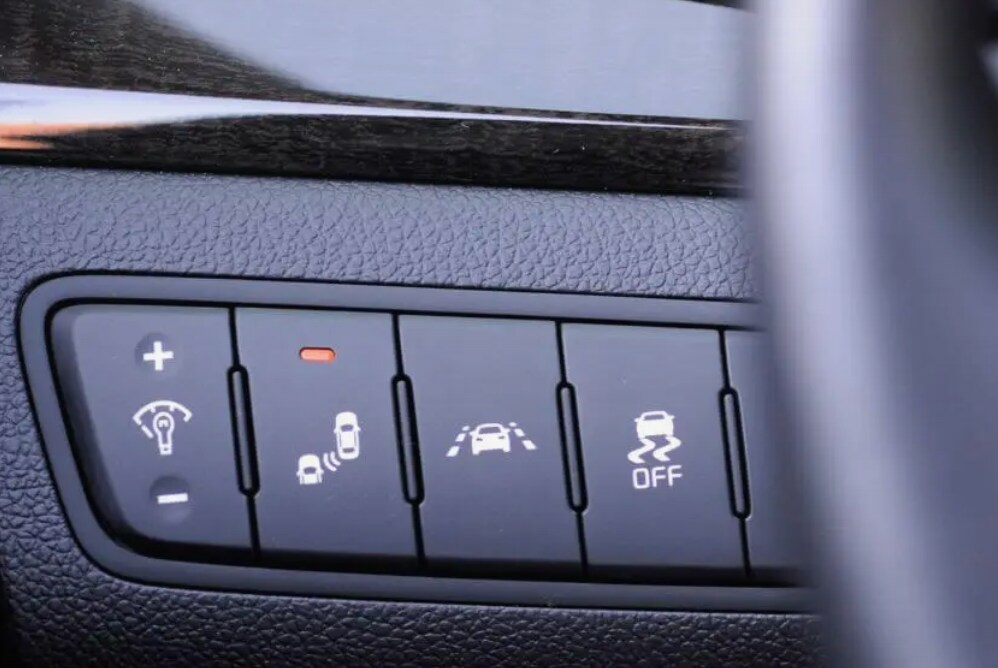
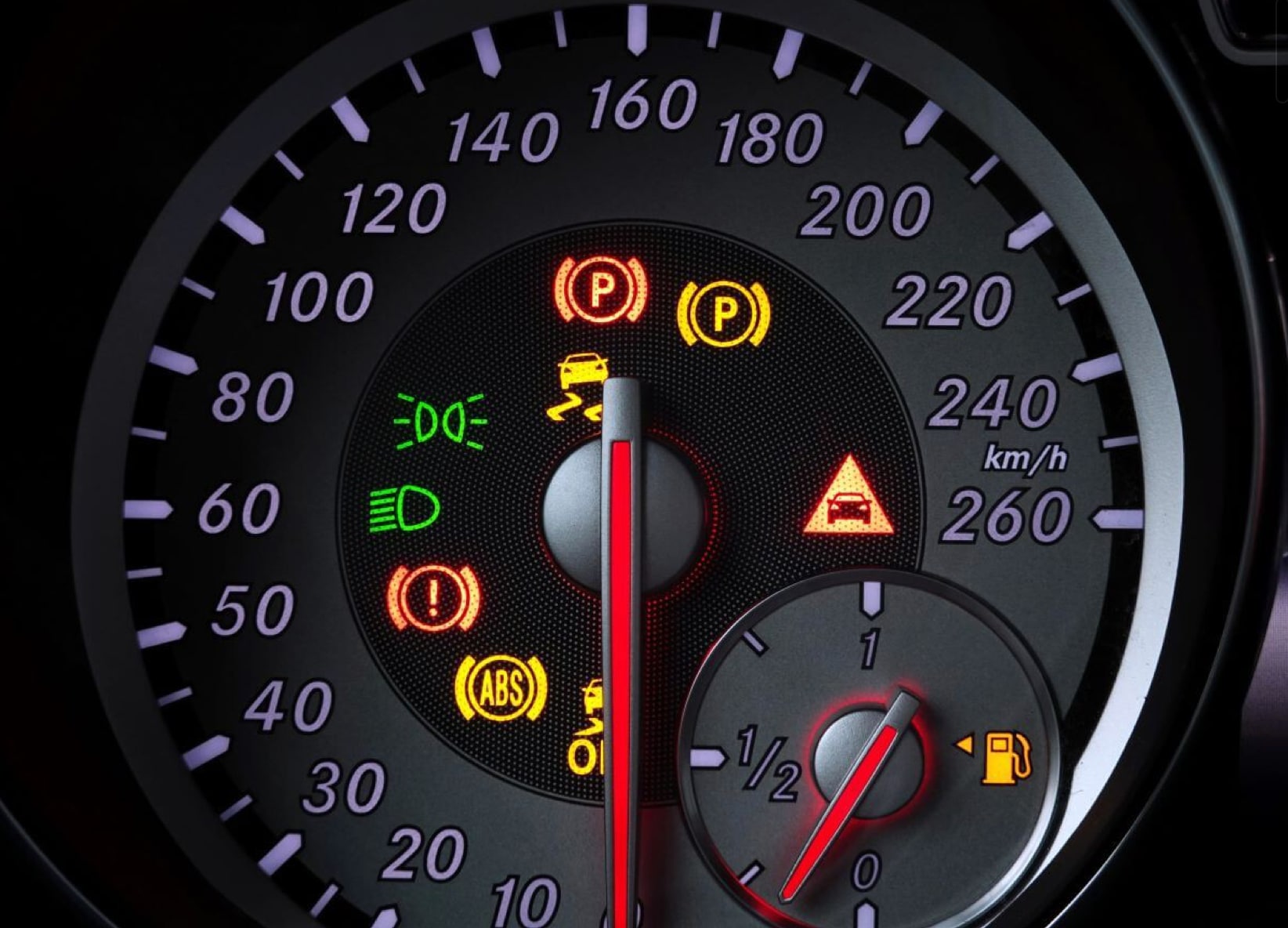
ABS Warning Light
The Importance of Traction Control
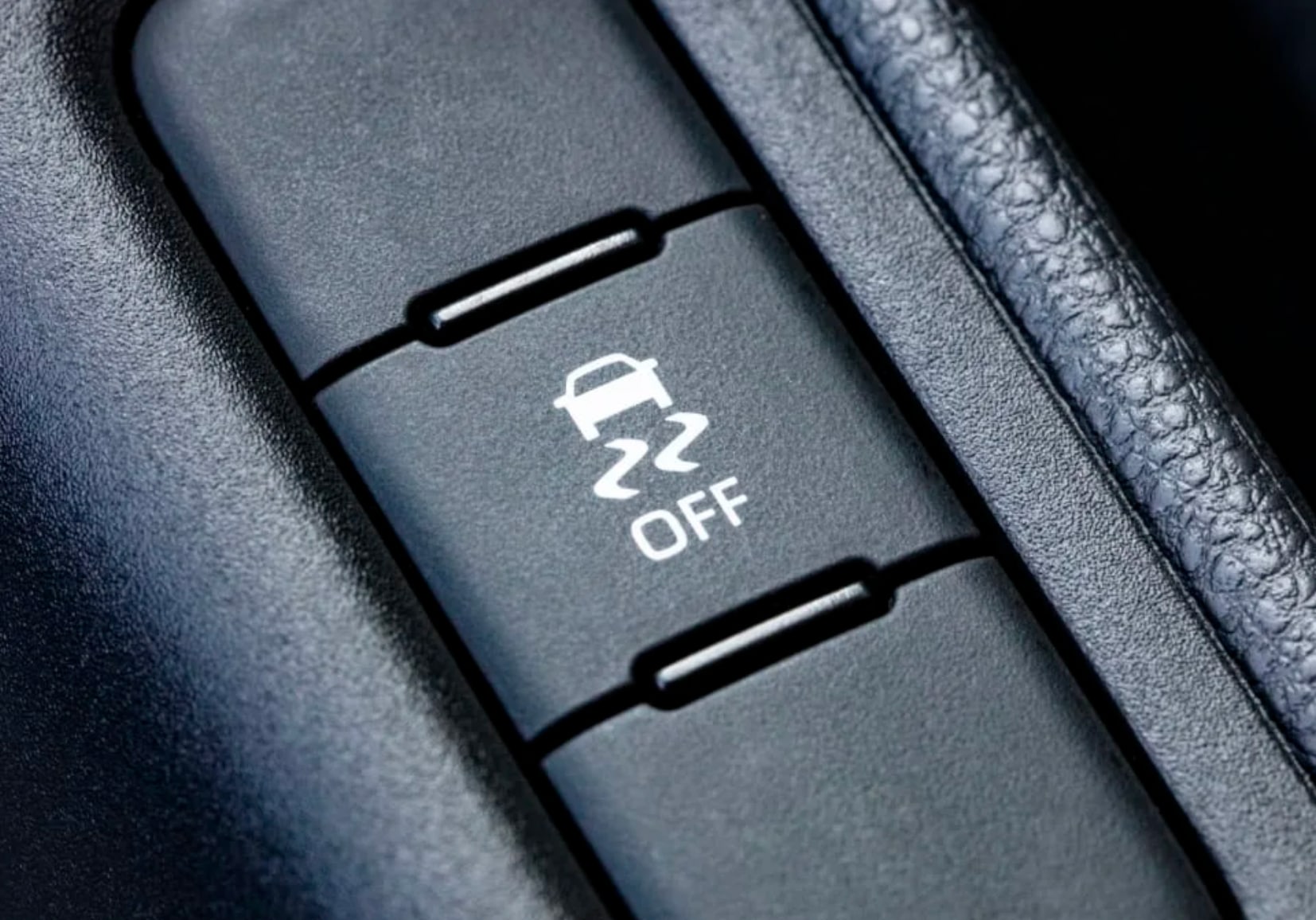
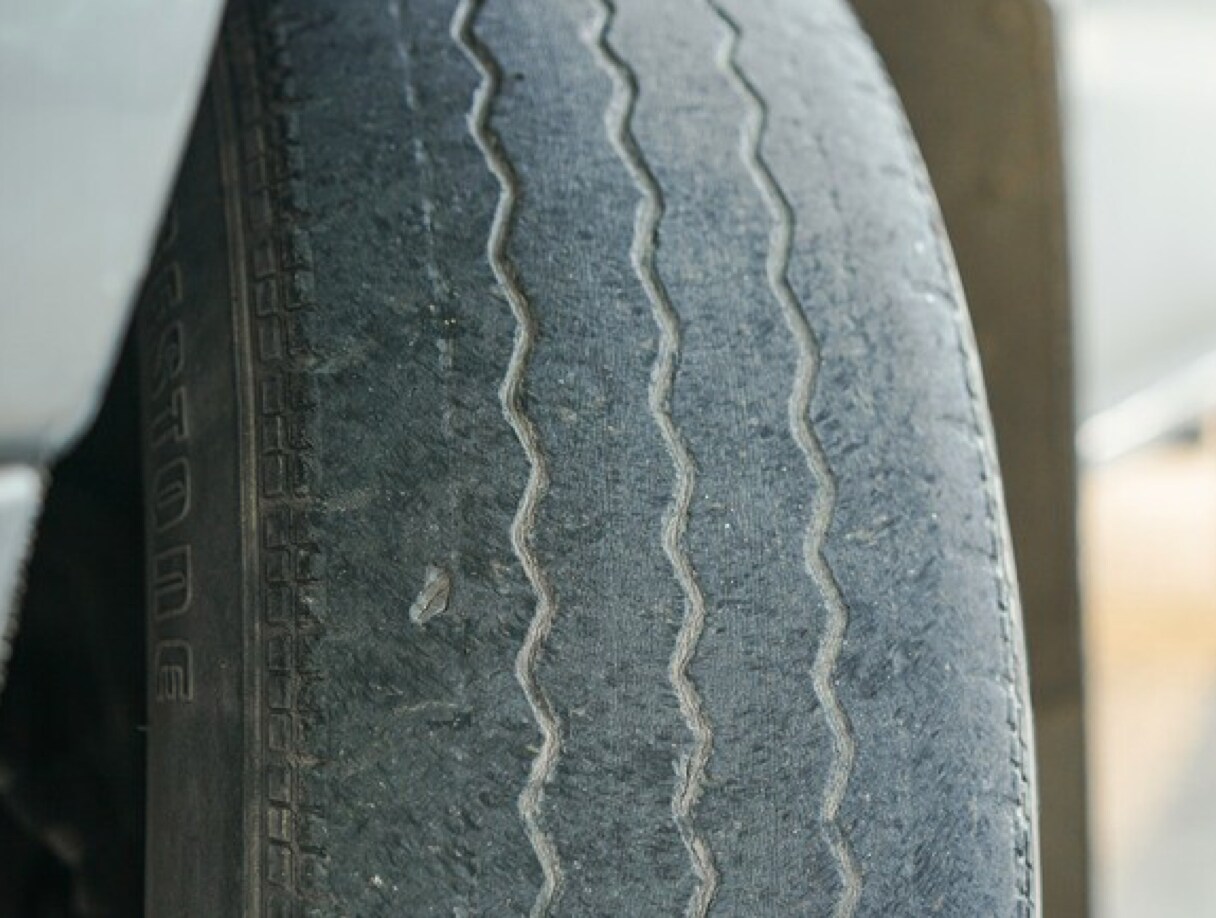
Tire Maintenance is Important
The Essential Guide
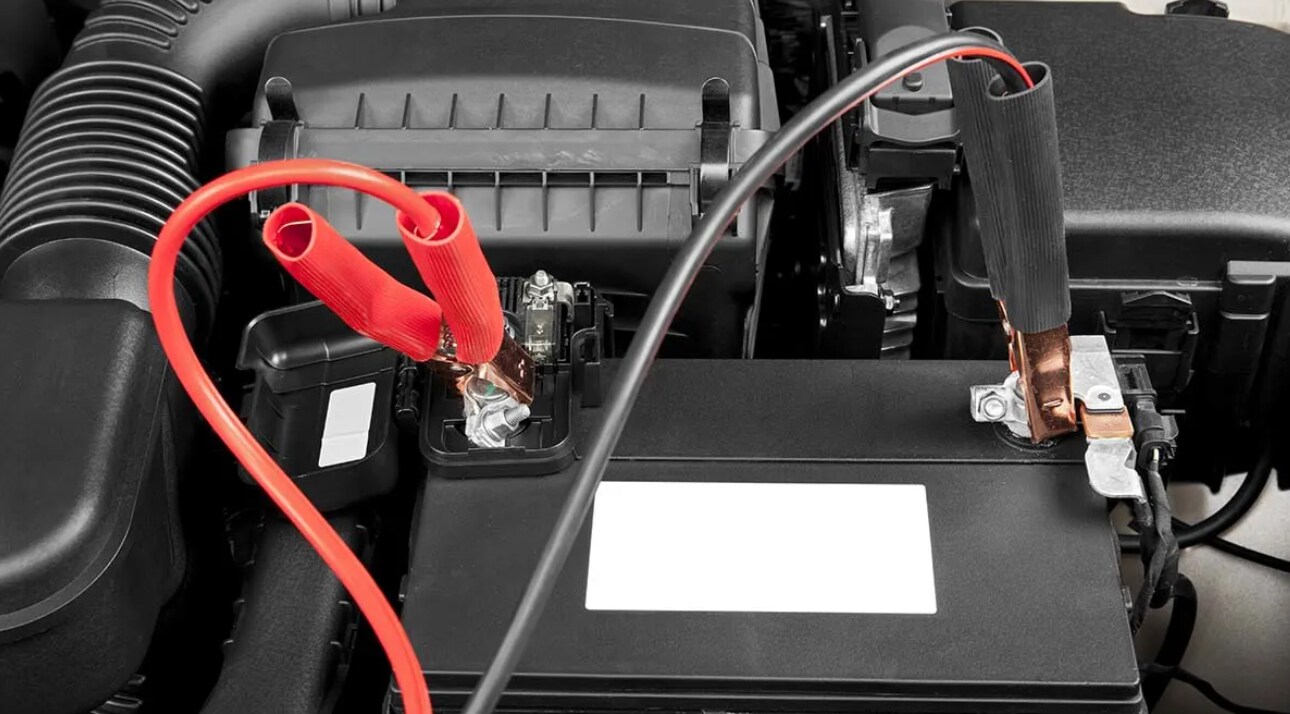
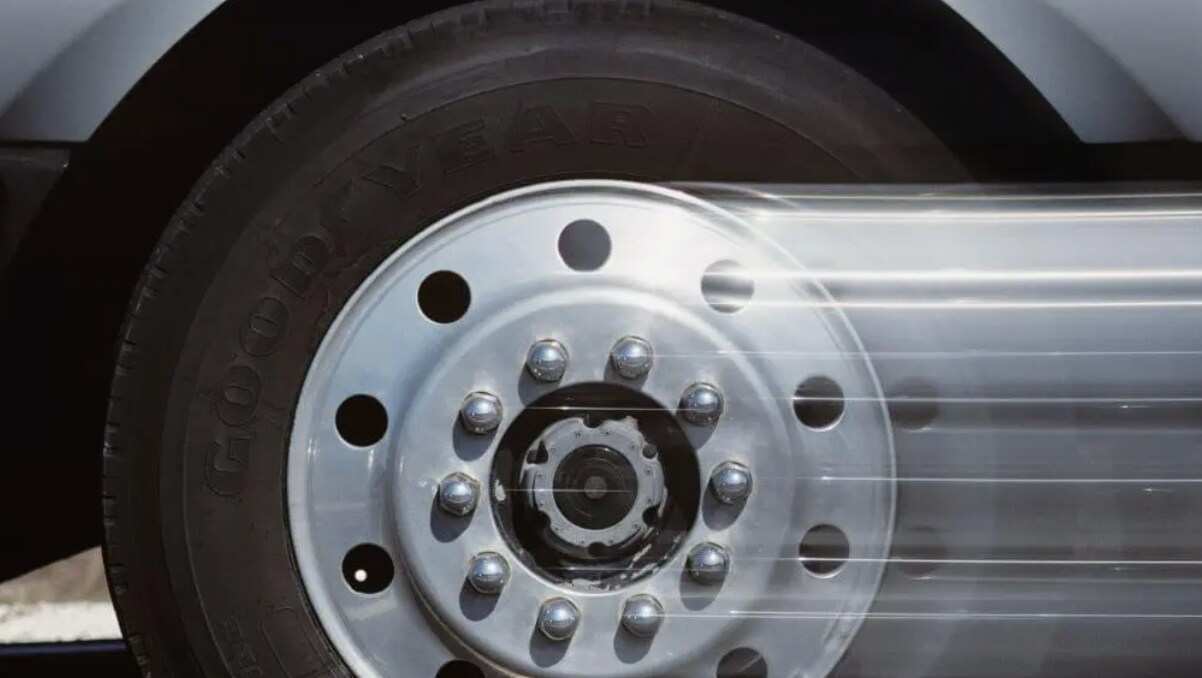
The Ultimate Guide to Hubcaps, Rims, and Wheels
How Does a Fuel Gauge Work
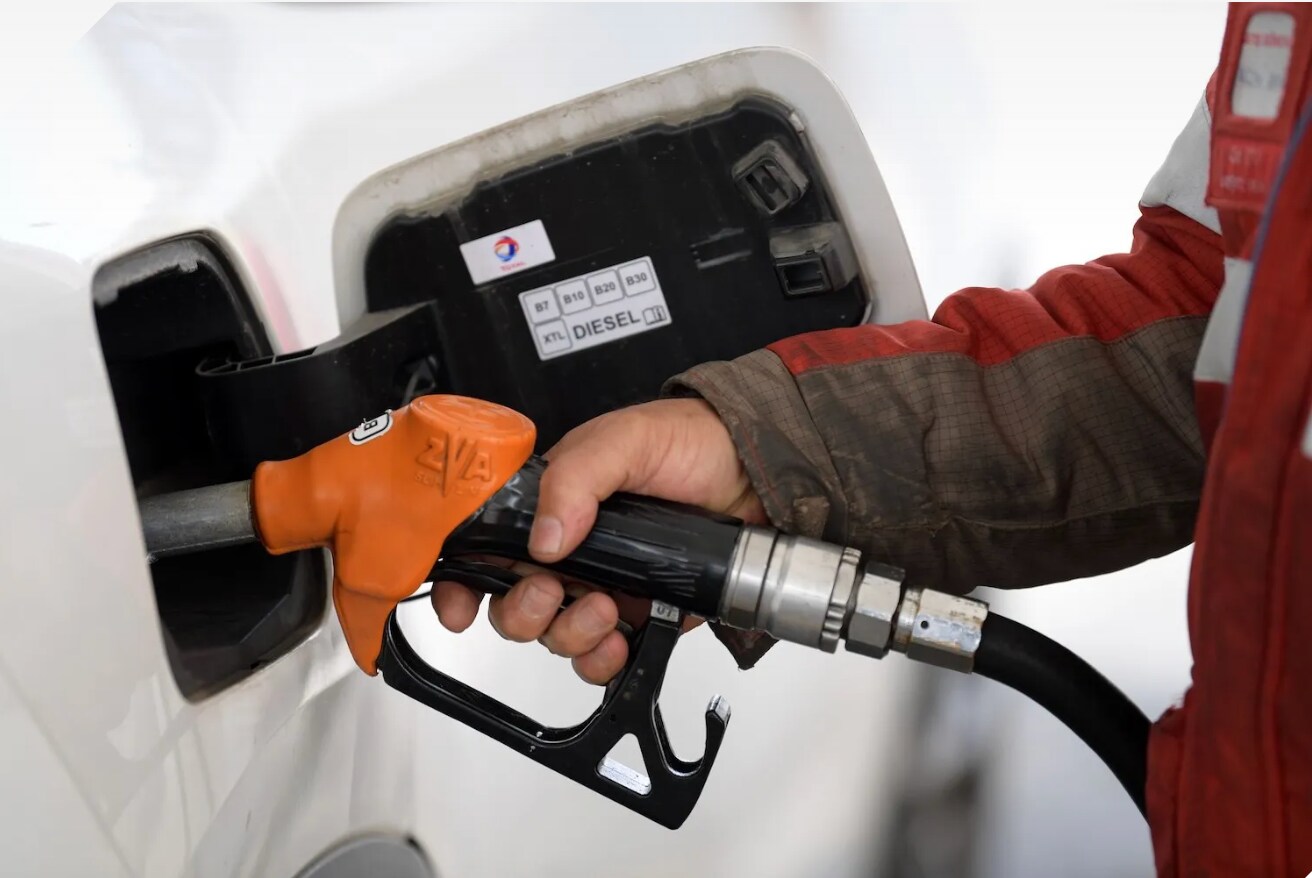
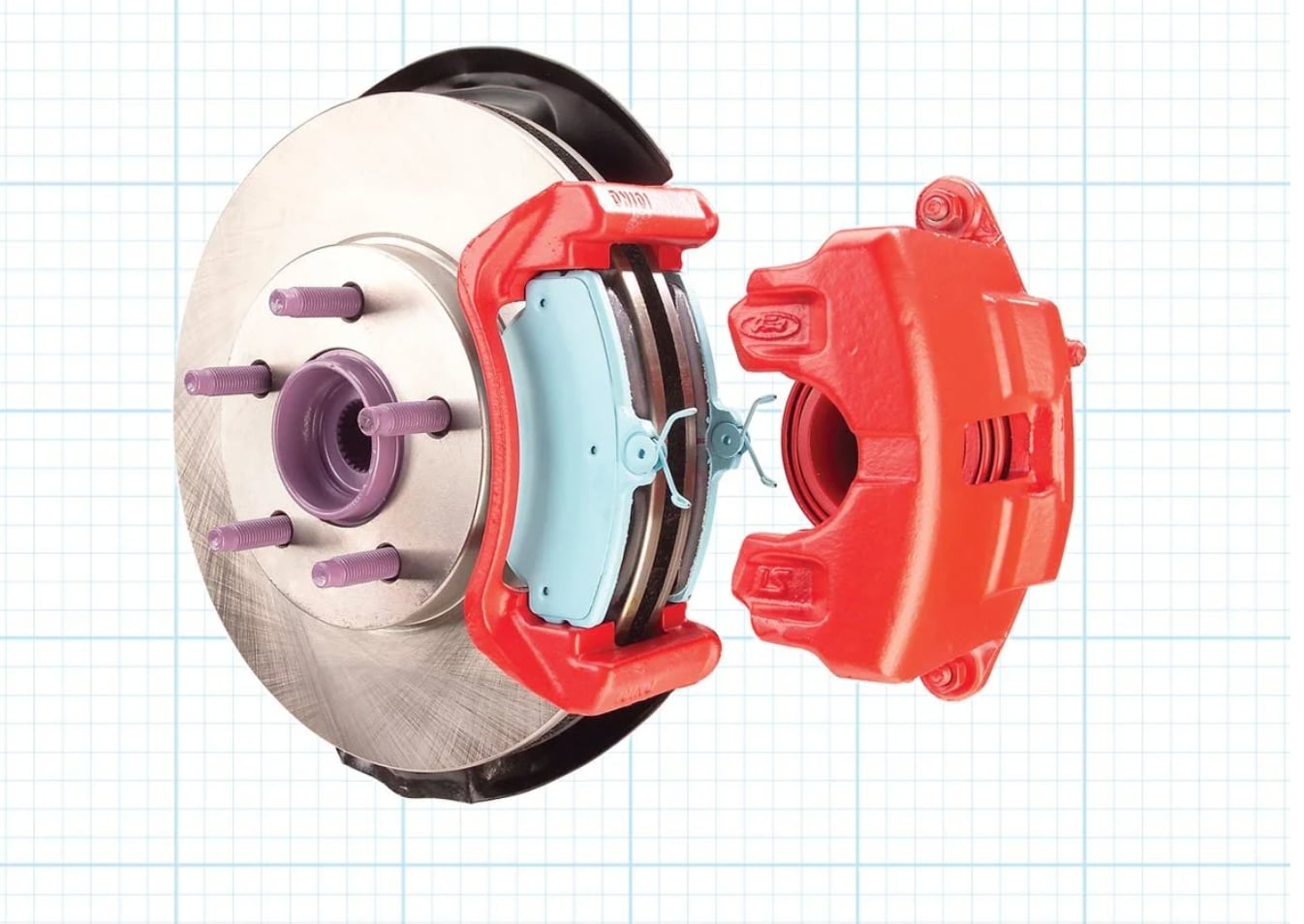
Taking Care of your Breaks
A Comprehensive Guide


Spare tires – What you need to know
Don’t Get Stuck with Engine Damage
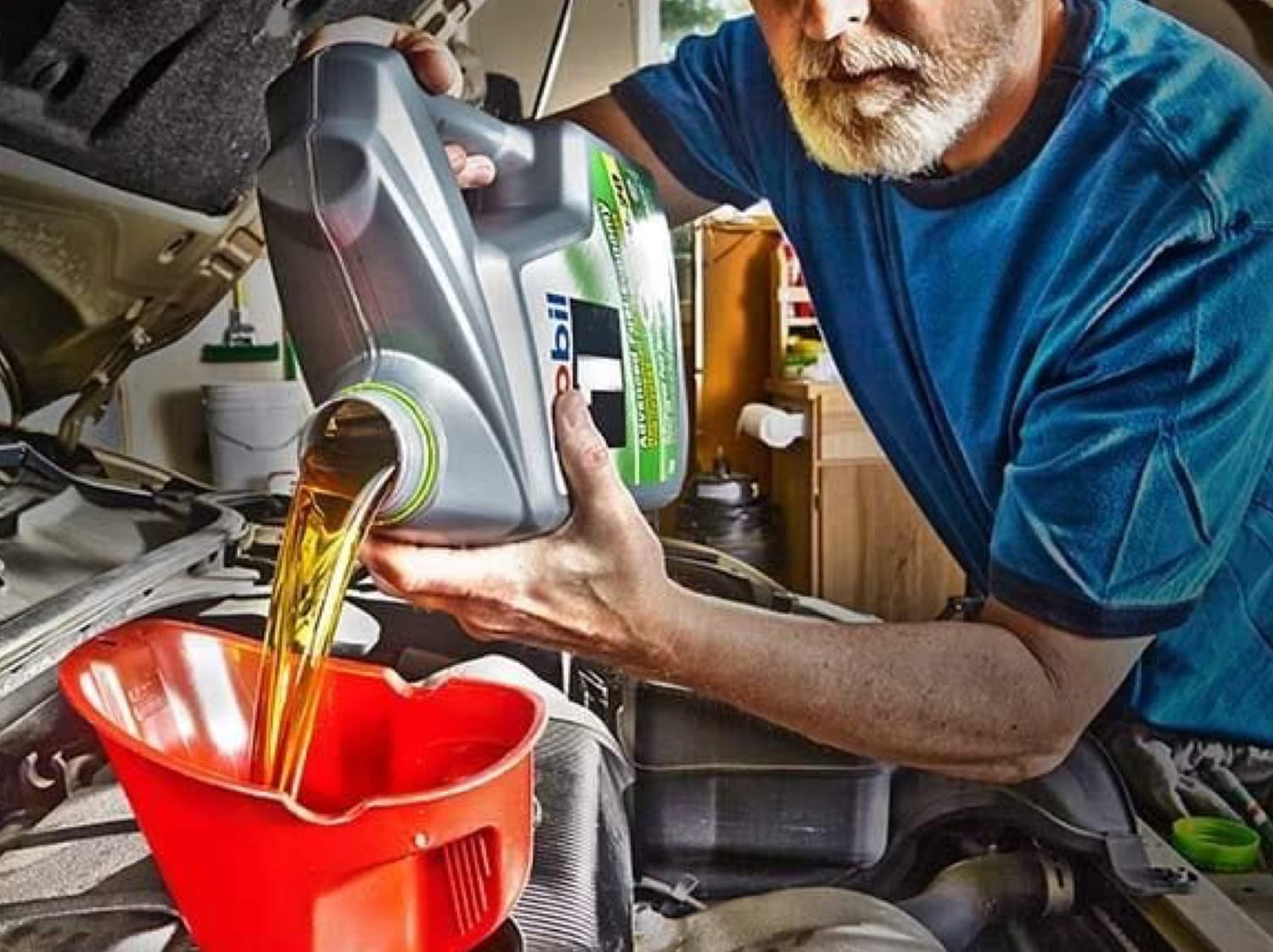
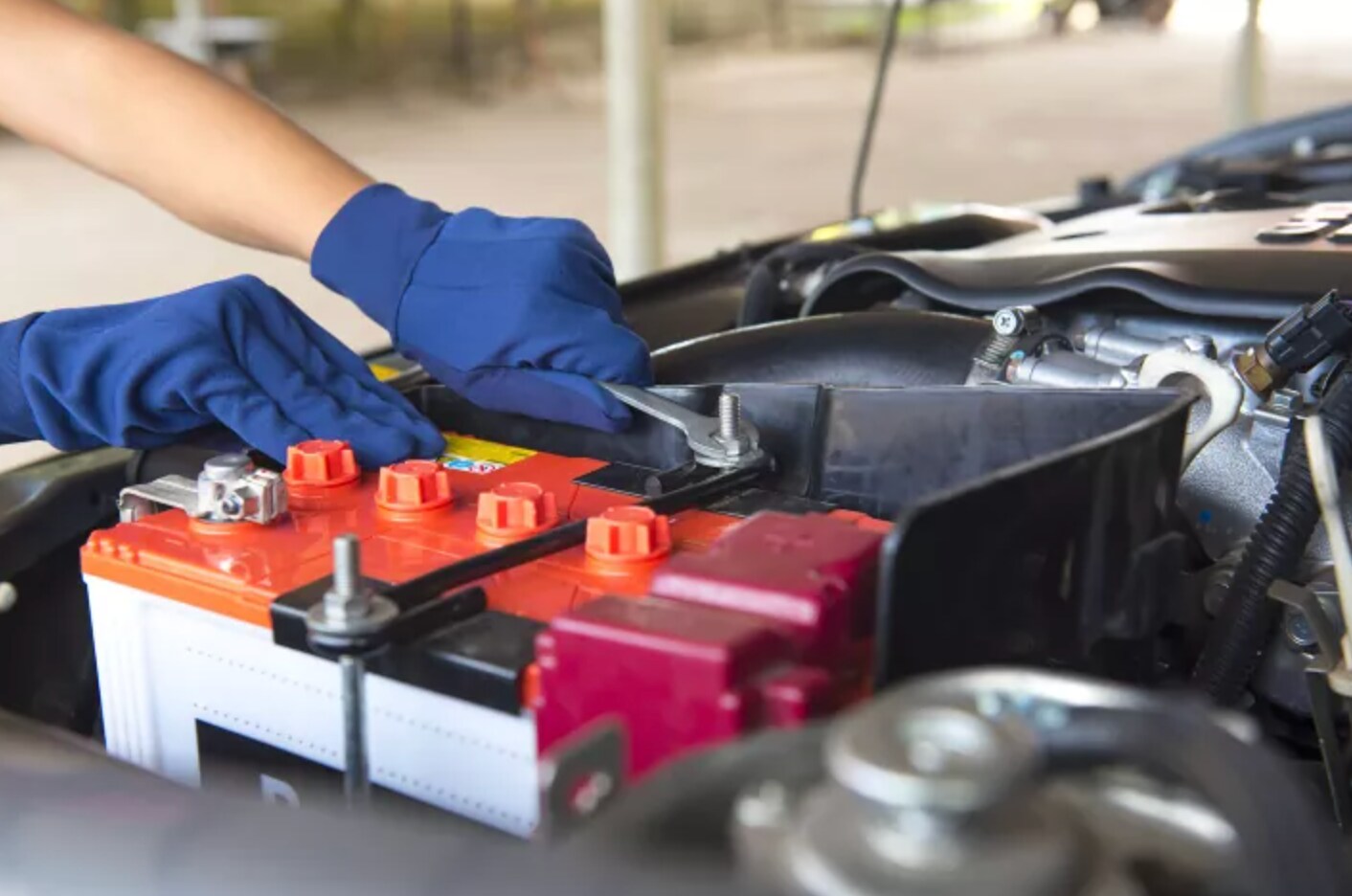
Keeping Your Car Battery Healthy: Tips for Proper Care
3 Car Safety Features That Save Lives
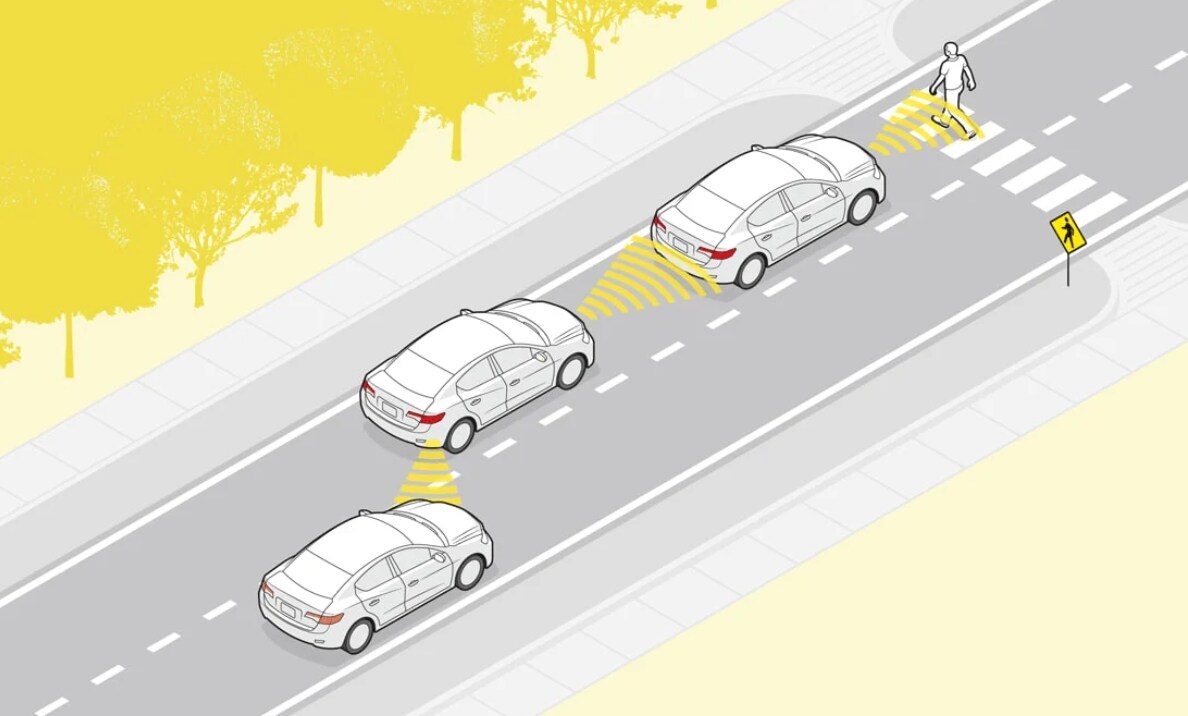

How to Get More Mileage Out of Your Tires
Foggy Headlights

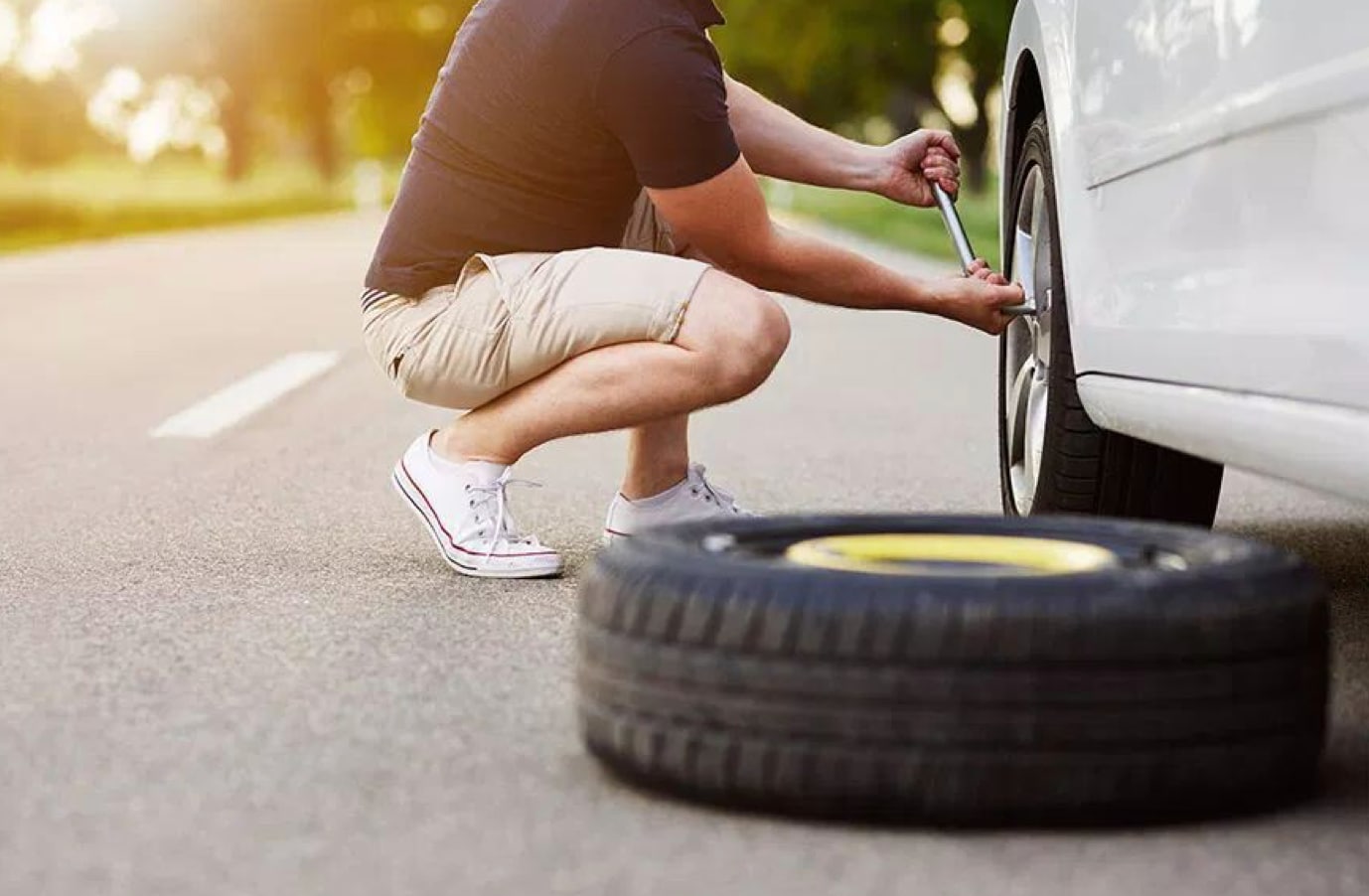
How to Safely Change a Flat Tire
Is It Bad to Downshift in a Manual Car?


Why You Shouldn't Ignore a Damaged Windshield
You're on your way to work, running late as usual, when a small pebble hits your windshield with a sudden WHAP! In a split second, you notice a chip or crack in the glass, but you ignore it, thinking it's not a big deal. But, you're wrong! Even the smallest chip can spread and turn into a significant problem. Safety Concerns: A damaged windshield poses a severe safety hazard to you and your passengers. Cracks and chips in the windshield can obstruct your view and seriously impact your ability to drive safely. Imagine driving down the highway and suddenly, a crack on your windshield starts spreading, and the next moment, your windshield is shattered. It's a recipe for disaster. Therefore, it's crucial to have your windshield repaired as soon as possible. Legal consequences: Did you know that driving with a cracked or chipped windshield can result in a traffic violation? Depending on where you live, you may be fined for having a damaged windshield or even get points on your driver's license. Moreover, if you get into an accident and your windshield damage was the cause of the crash, you may be held liable and forced to pay for damages or face legal consequences.A damaged windshield is something that you simply cannot ignore. It poses a safety hazard, can result in legal consequences, and ends up costing you more if left unattended. Fortunately, repairing a chipped or cracked windshield is a quick and easy process that can save you money and keep you safe on the road. Don't wait until the damage spreads. Reach out to a professional windshield repair technician today and get your windshield fixed in no time. Bayside Pre-Owned in Prince Frederick makes your safety a priority.
Coasting in Neutral
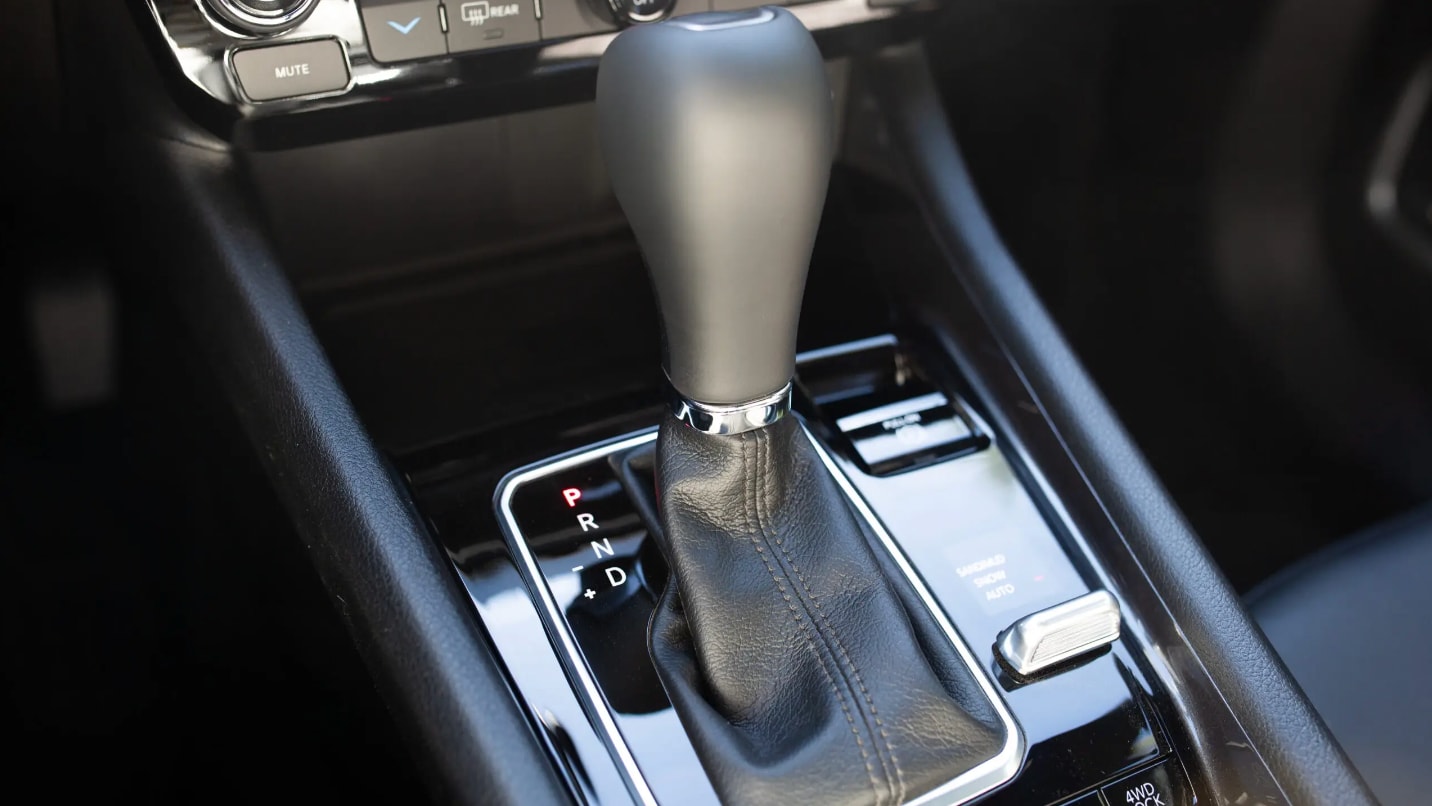

Safety Features Every Modern Car Should Have
Don’t Overlook The Windshield!


What do your car's dashboard lights mean?
Gone are the days when a car's dashboard had only a handful of indicators to show drivers the status of their vehicle. With the automation of modern cars, the dashboard is now adorned with a variety of lights, signs, and symbols, making it harder for drivers to understand what they all mean. In this blog, we will be decoding your car's dashboard lights and help you understand what they signify. et's talk about the green and blue lights. These are the information lights and indicate that a specific function is active. For instance, the high-beam light indicates that the high beam is activated, and the cruise control light tells you that the cruise control system is on. So, these lights don't require immediate attention, but you should turn them off when not in use to avoid any confusion on the road. Other warning lights you might encounter include the battery warning light, indicating that there's an issue with your vehicle's charging system. The antilock brake system (ABS) light, which indicates that there's an issue with the braking system. The tire pressure warning light, indicating that your car's tire pressure is low or flat, and the airbag warning light, indicating a malfunction in the airbag system. Bayside Pre-Owned in Prince Frederick keeps a great stock of used cars, trucks, and SUVs in inventory. With competitive prices offered on every pre-owned model for sale on our lot, you won't find a reason to visit any other dealership in Prince Frederick.
Reasons Your Car Brakes Might Not Work Effectively
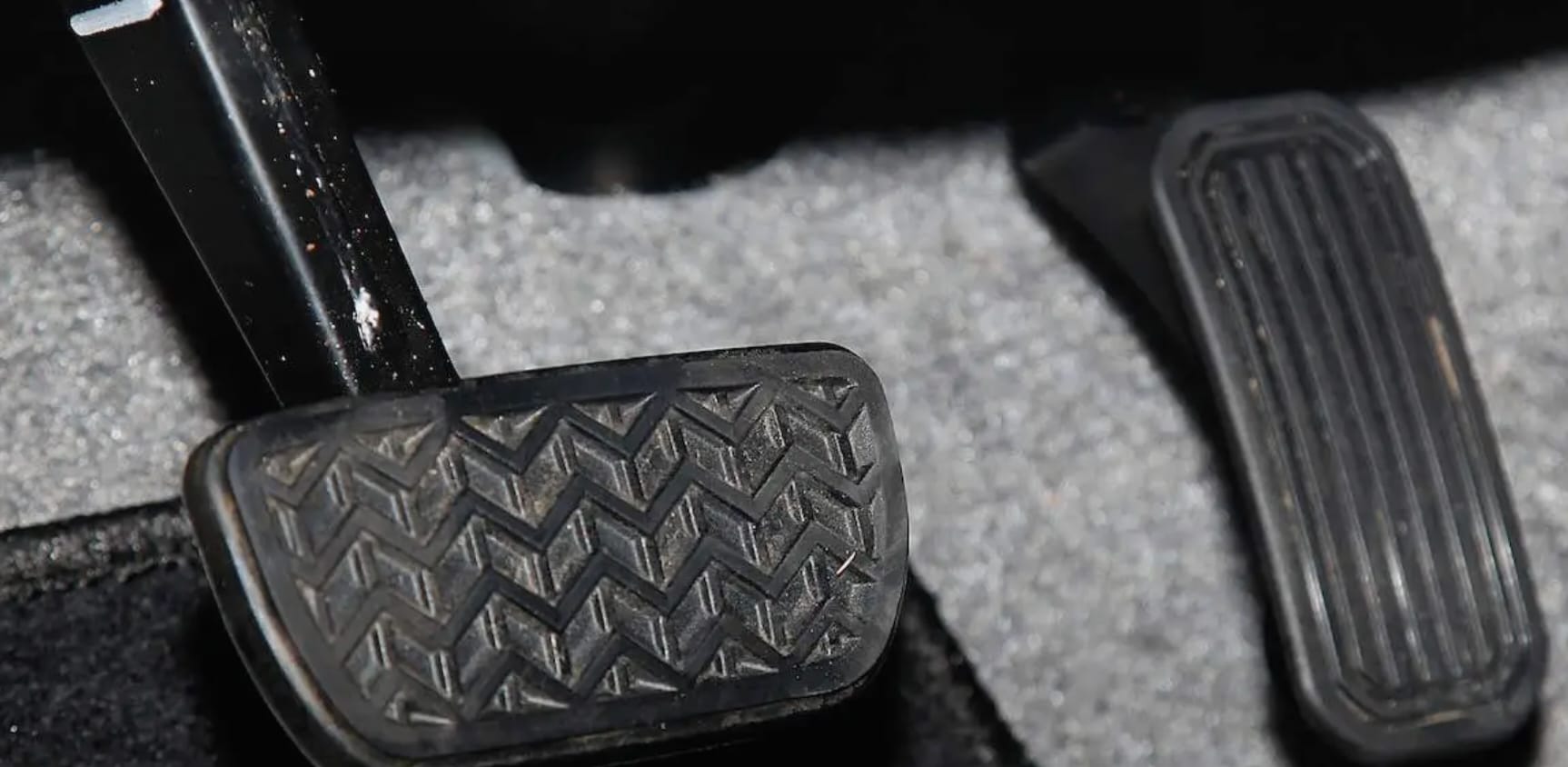
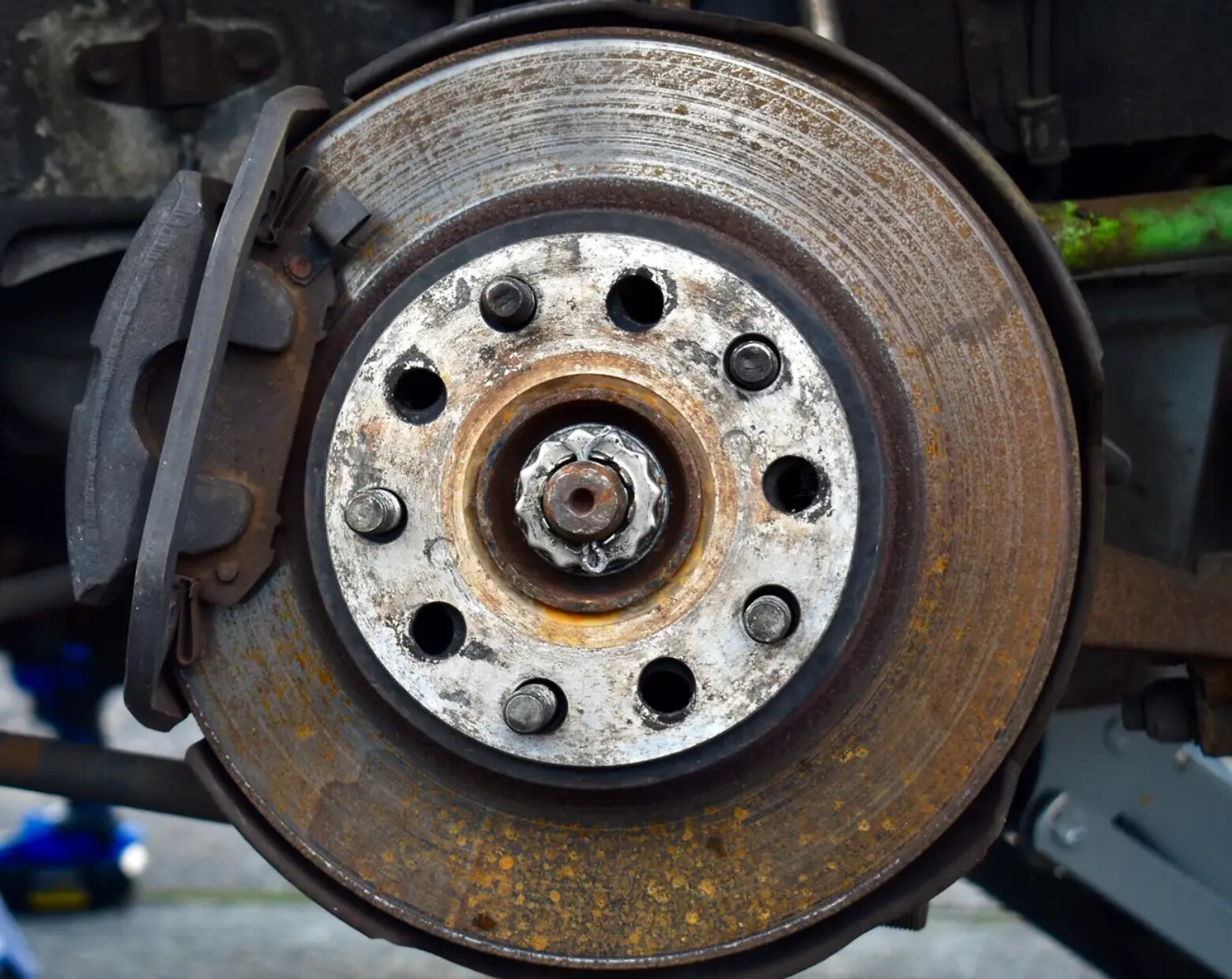
Check Your Breaks!
Break Pads: What's Essential
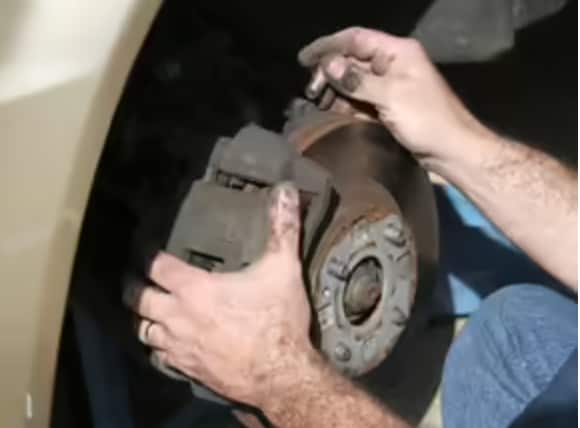
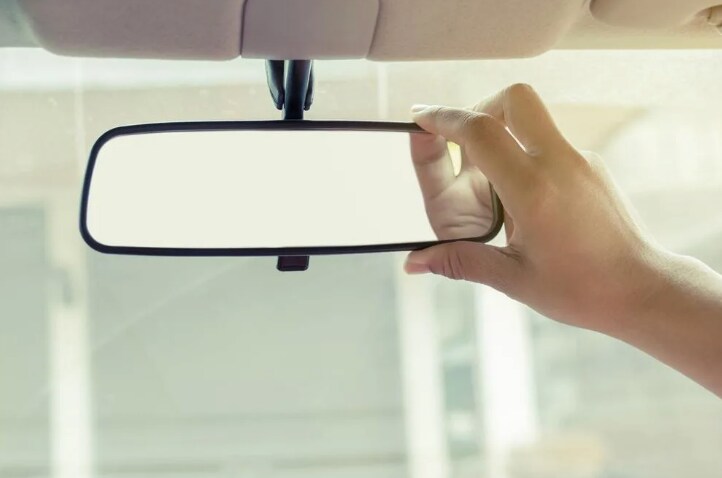
Do You Need To Replace Your Rearview Mirror?
Why Do Tires Have Little Hairs?
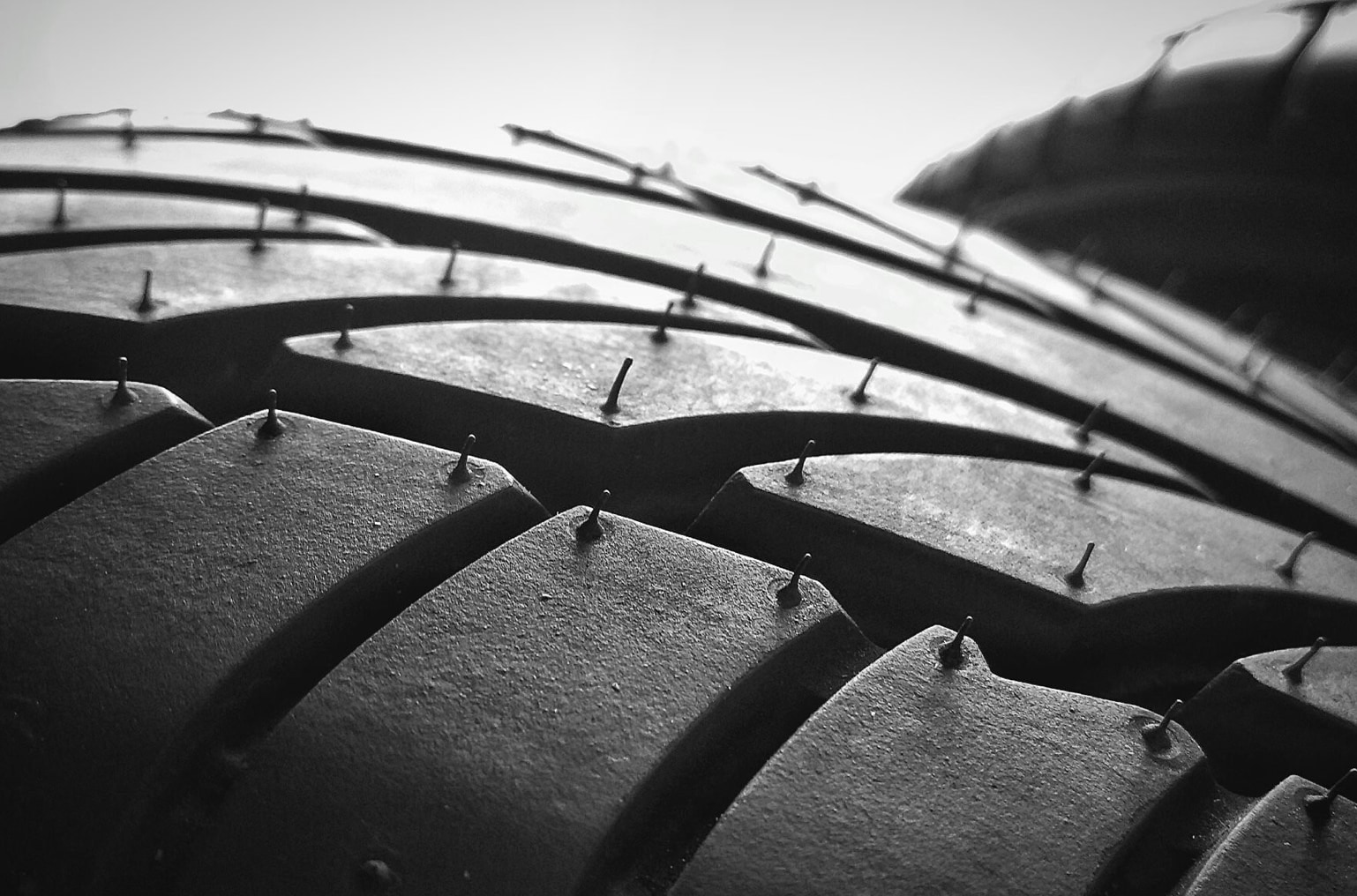

Stress-Free Car-Shopping
Why are Tires Black?


Stress-Free Car-Shopping
Speaking of new models, you have your pick of our showroom. Our local dealership keeps a great stock of used cars, trucks, and SUVs in inventory. With competitive prices offered on every pre-owned model for sale on our lot, you won't find a reason to visit any other dealership in Prince Frederick.
Want to talk auto finance?


Stress-Free Car-Shopping
Speaking of new models, you have your pick of our showroom. Our local dealership keeps a great stock of used cars, trucks, and SUVs in inventory. With competitive prices offered on every pre-owned model for sale on our lot, you won't find a reason to visit any other dealership in Prince Frederick.

Stress-Free Car-Shopping
Speaking of new models, you have your pick of our showroom. Our local dealership keeps a great stock of used cars, trucks, and SUVs in inventory. With competitive prices offered on every pre-owned model for sale on our lot, you won't find a reason to visit any other dealership in Prince Frederick.

Stress-Free Car-Shopping
Speaking of new models, you have your pick of our showroom. Our local dealership keeps a great stock of used cars, trucks, and SUVs in inventory. With competitive prices offered on every pre-owned model for sale on our lot, you won't find a reason to visit any other dealership in Prince Frederick.
Want to talk auto finance?


Stress-Free Car-Shopping
Speaking of new models, you have your pick of our showroom. Our local dealership keeps a great stock of used cars, trucks, and SUVs in inventory. With competitive prices offered on every pre-owned model for sale on our lot, you won't find a reason to visit any other dealership in Prince Frederick.

Stress-Free Car-Shopping
Speaking of new models, you have your pick of our showroom. Our local dealership keeps a great stock of used cars, trucks, and SUVs in inventory. With competitive prices offered on every pre-owned model for sale on our lot, you won't find a reason to visit any other dealership in Prince Frederick.